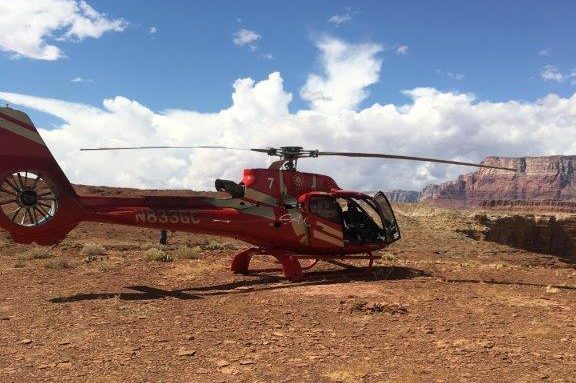Environmental Regulatory Compliance Projects
Browse examples of recent successfully completed regulatory compliance projects.
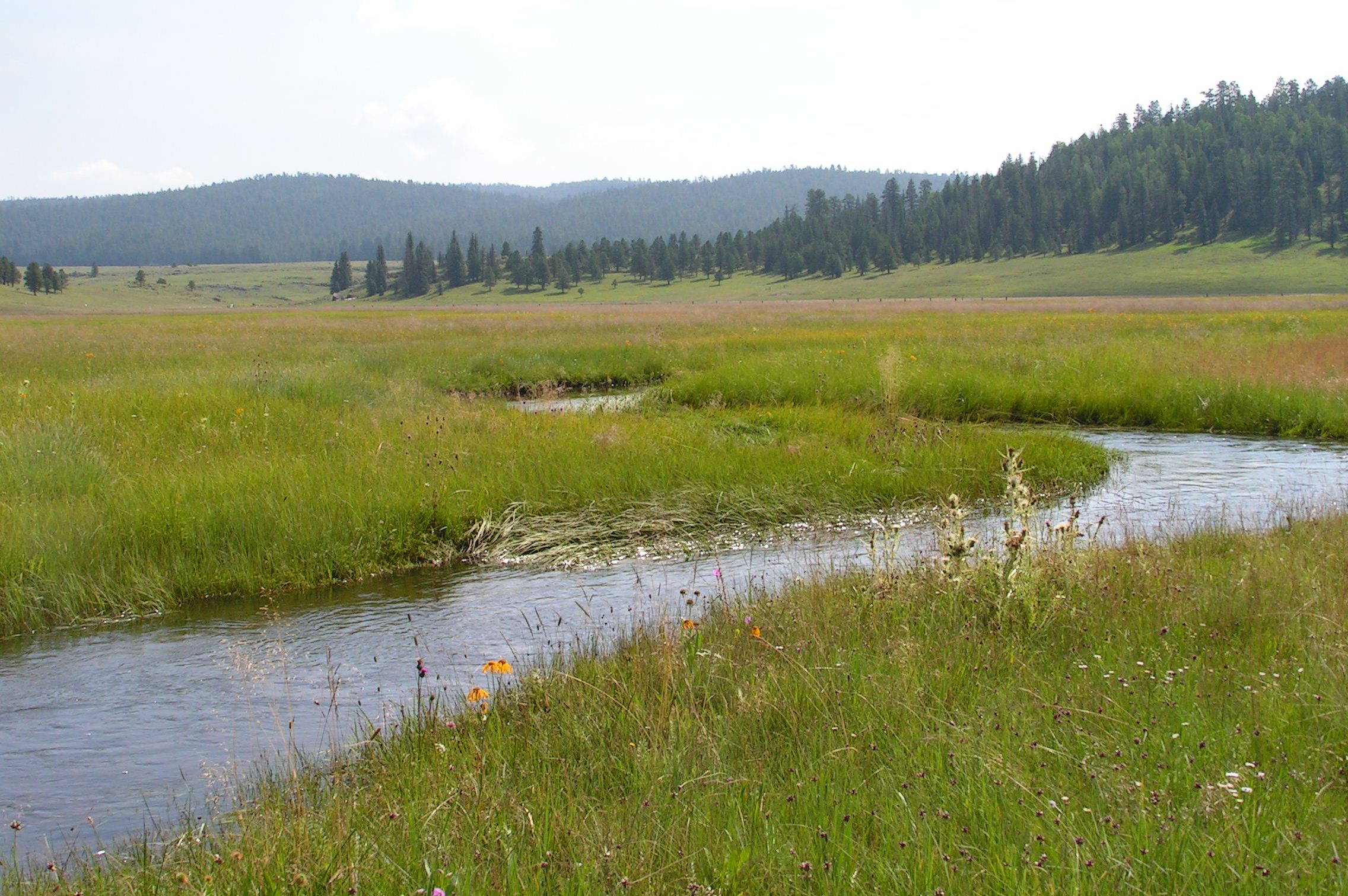
Show Low South Land Exchange Multi-Forest Environmental Impact Statement, Central Arizona
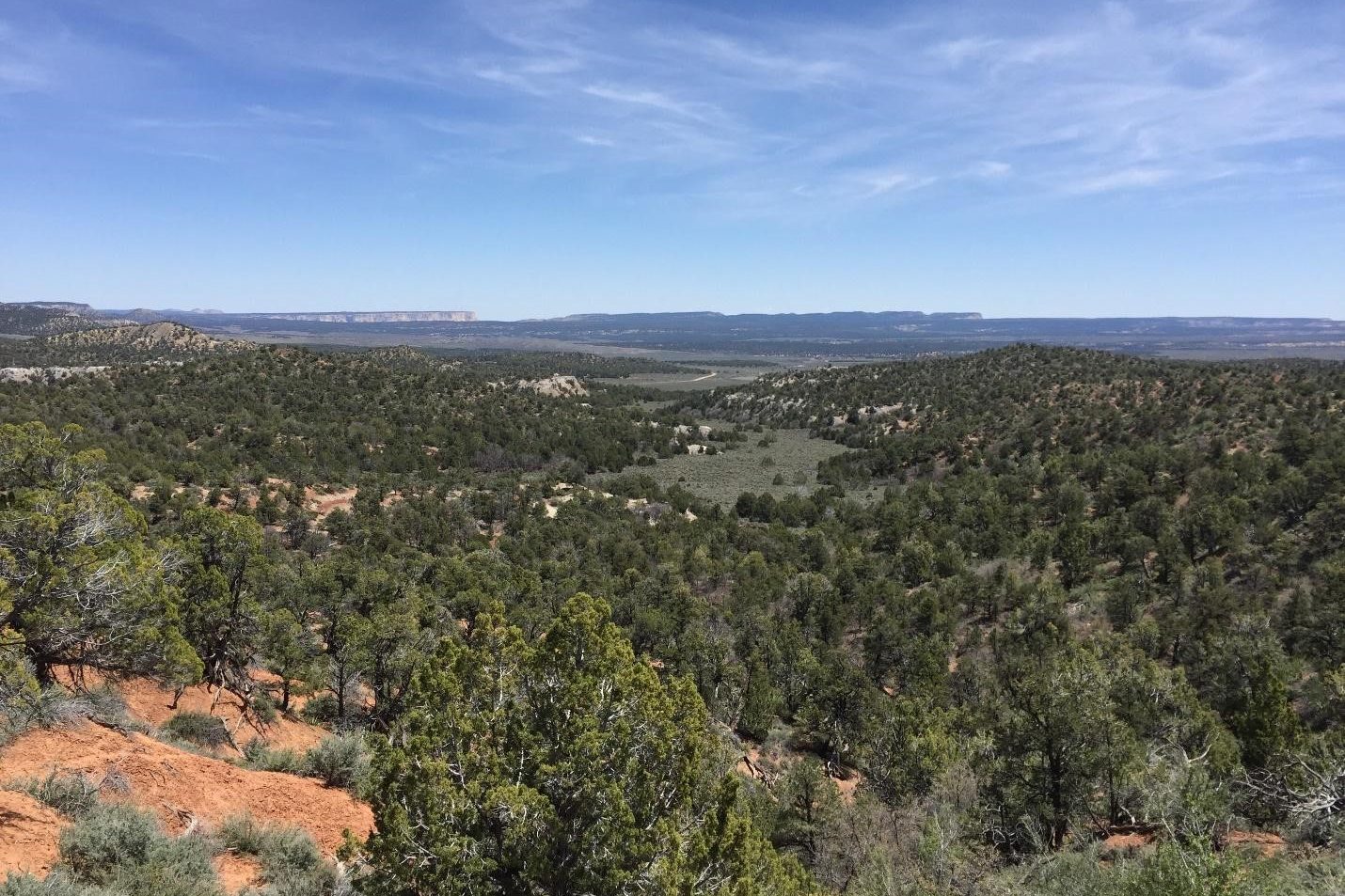
BLM Utah Skutumpah Terrace and Paria Watershed Habitat Restoration Environmental Assessments
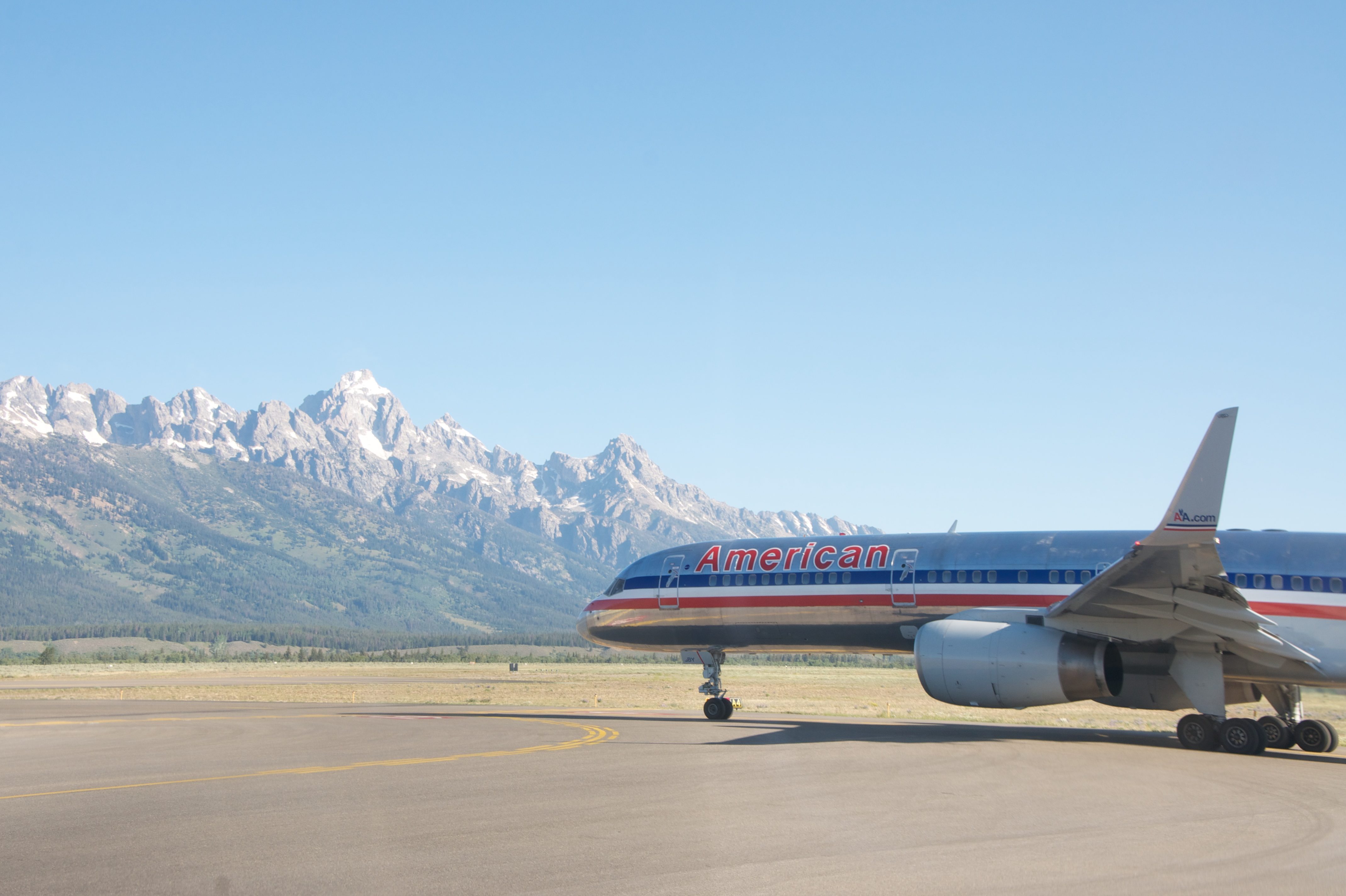
Jackson Hole Airport Sage-Grouse Habitat Restoration Plan Environmental Assessment, Grand Teton National Park, Jackson, Wyoming
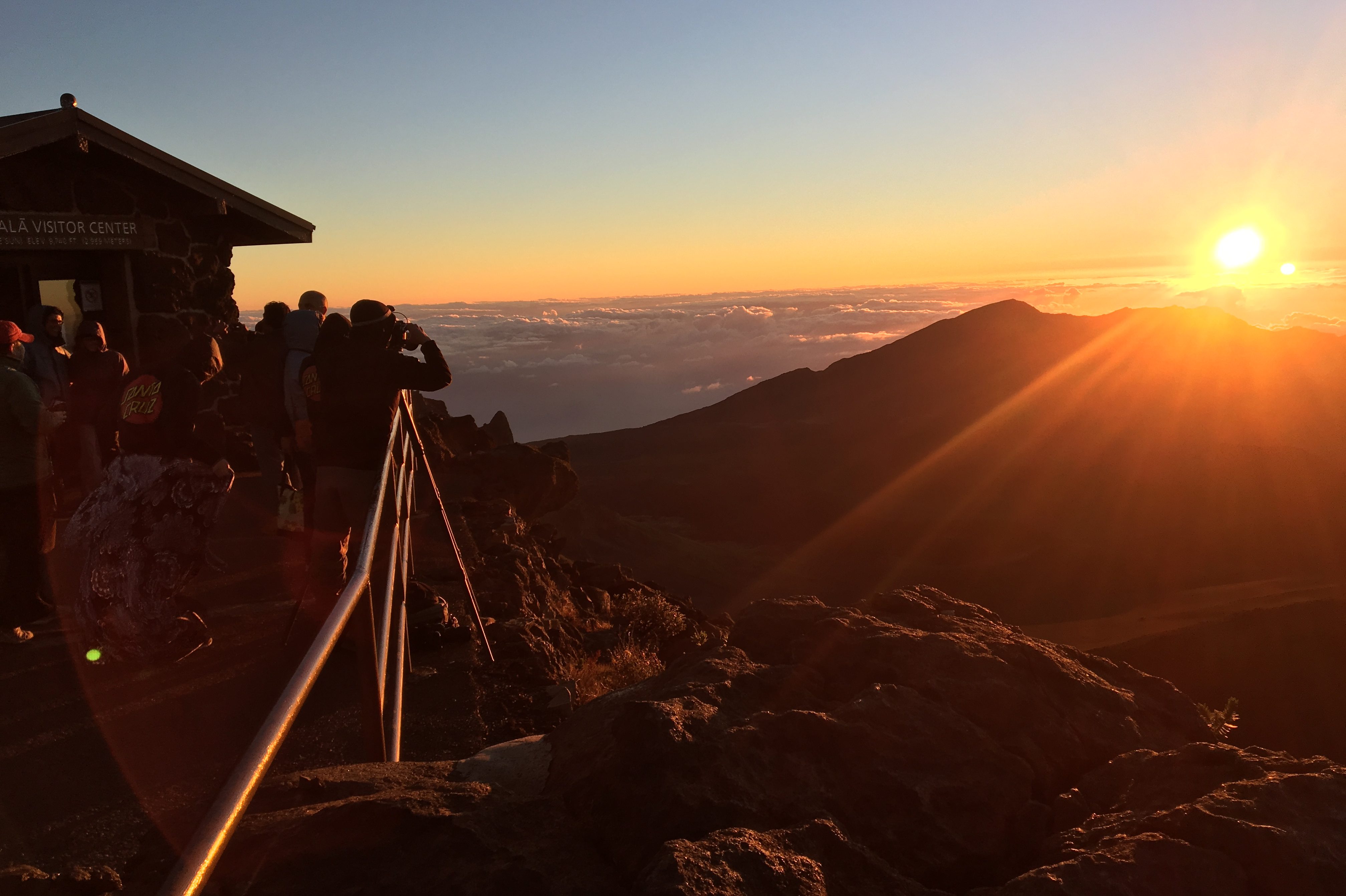
Haleakalā National Park Sunrise Visitation Environmental Assessment, Haleakalā National Park, Maui, Hawaii
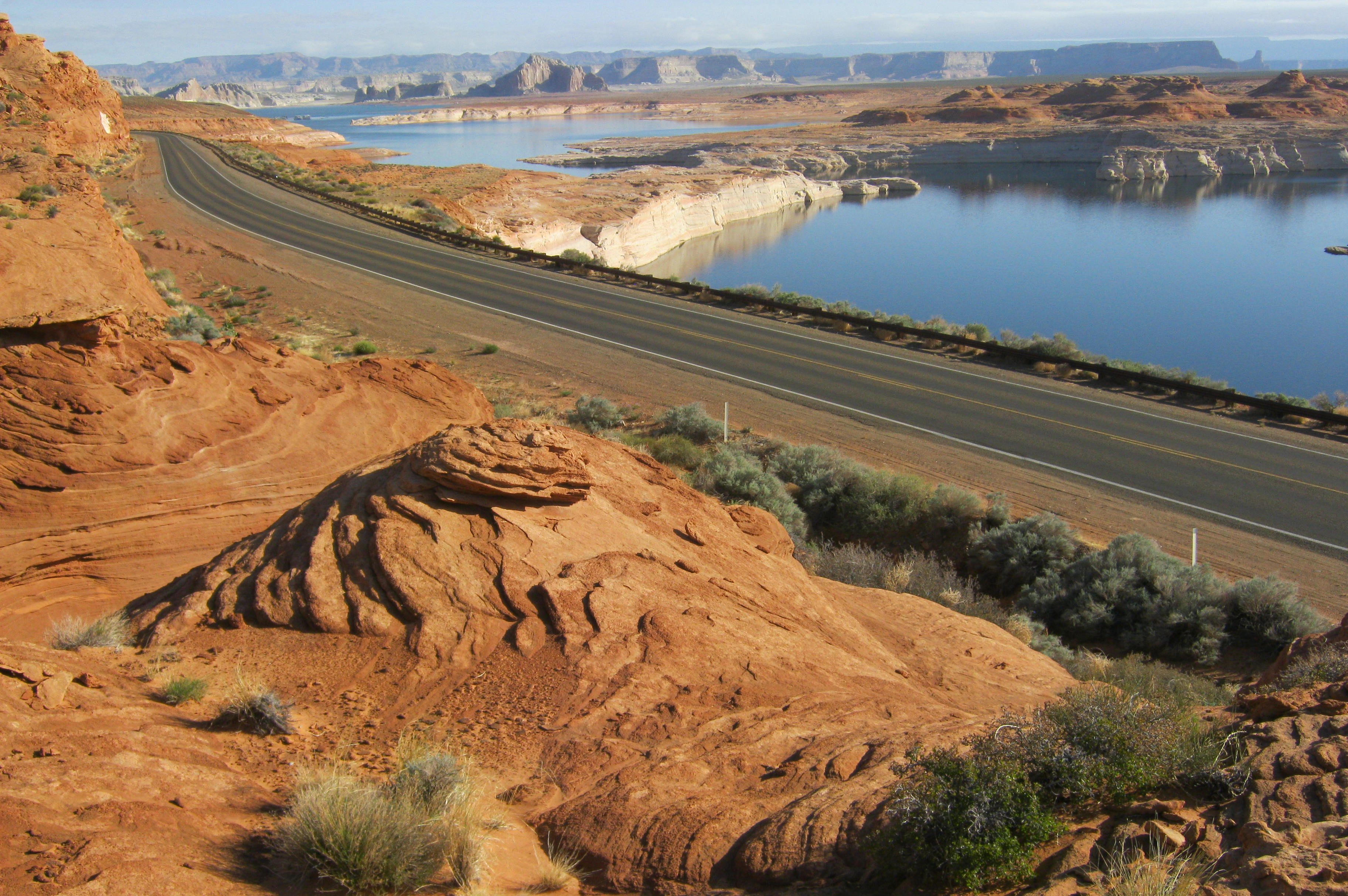
Lakeshore Drive/Wahweap Boulevard Road Rehabilitation Environmental Assessment, Page, Arizona
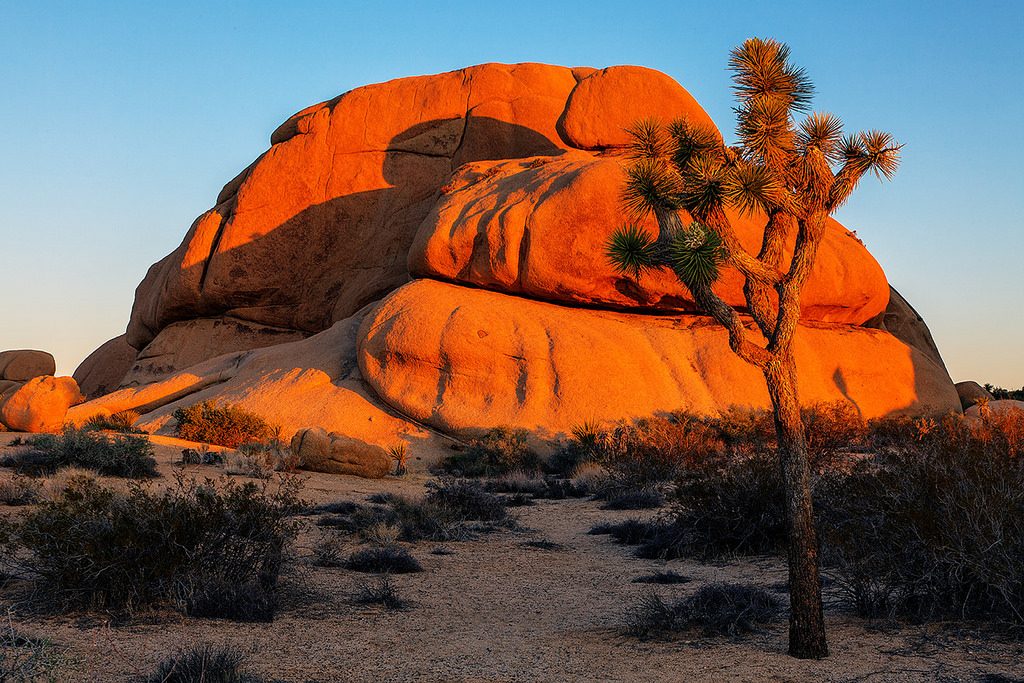
Invasive Plant Management Plan & Programmatic Environmental Assessment for Joshua Tree National Park, Twenty Nine Palms, California
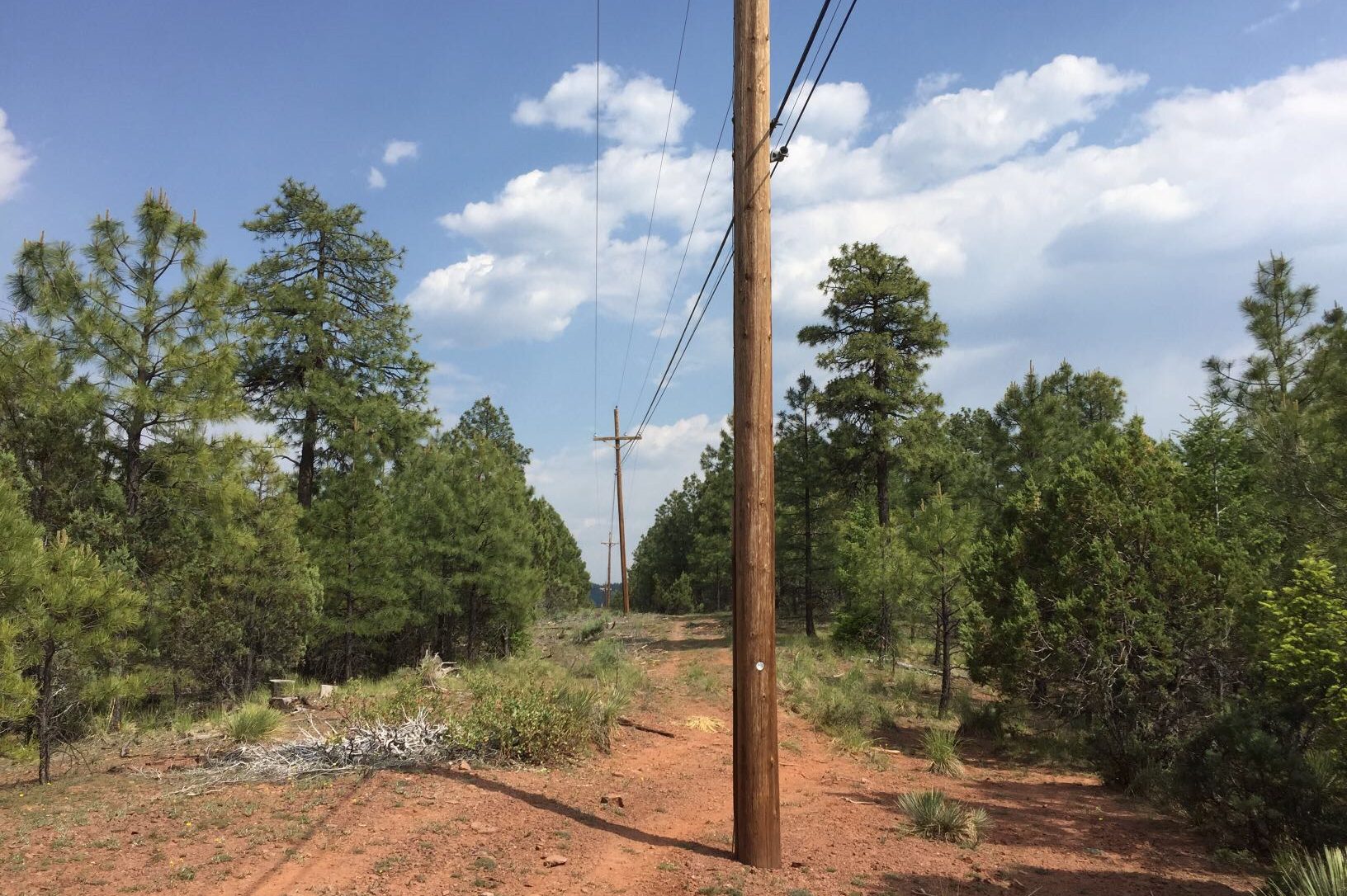
Show Low to Payson Fiber Optic Cable Line Environmental and Cultural Clearance, Tonto and Apache-Sitgreaves National Forests
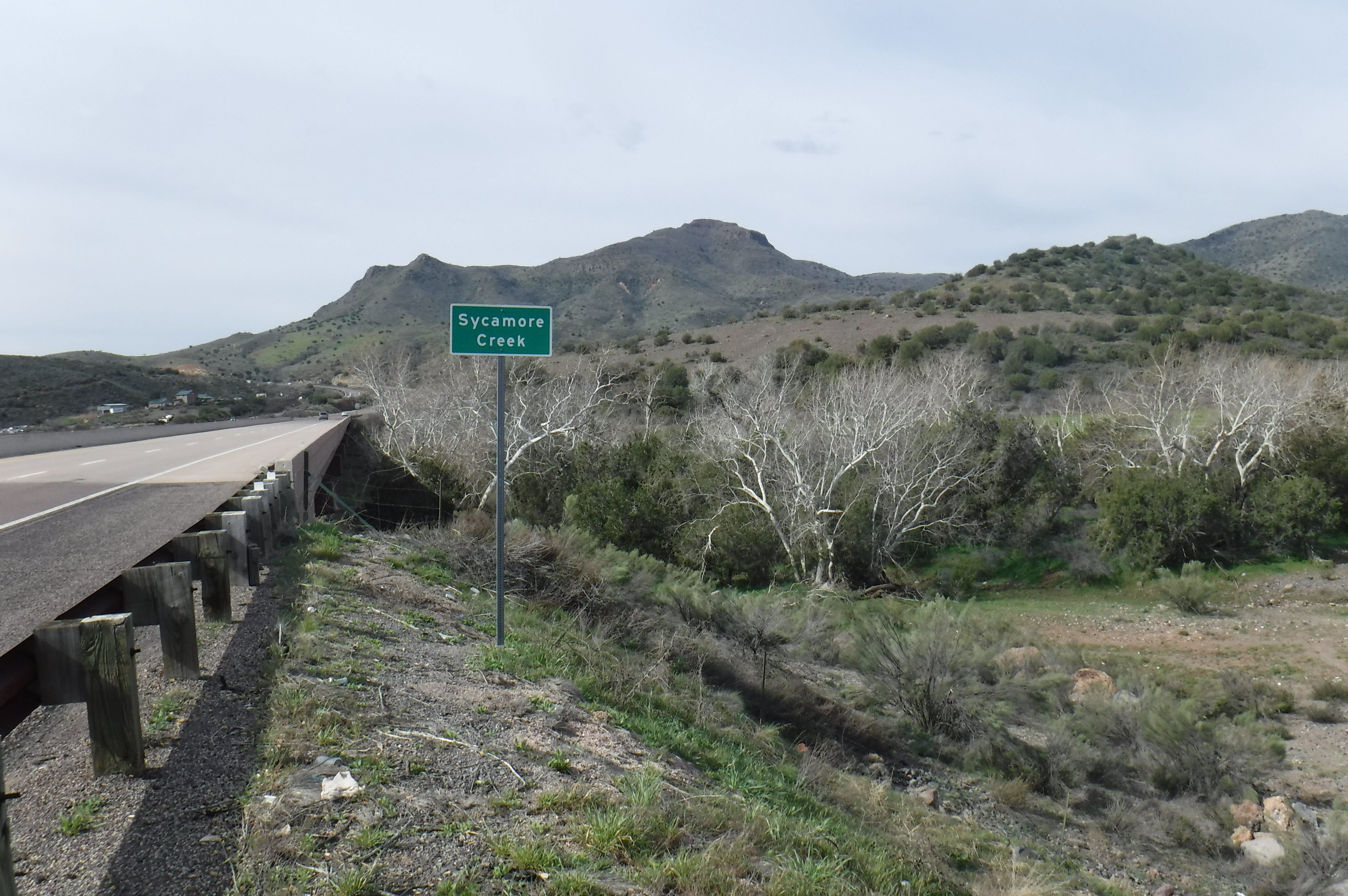
Payson to Phoenix Fiber Optic Cable Line Environmental and Cultural Clearance, Tonto National Forest
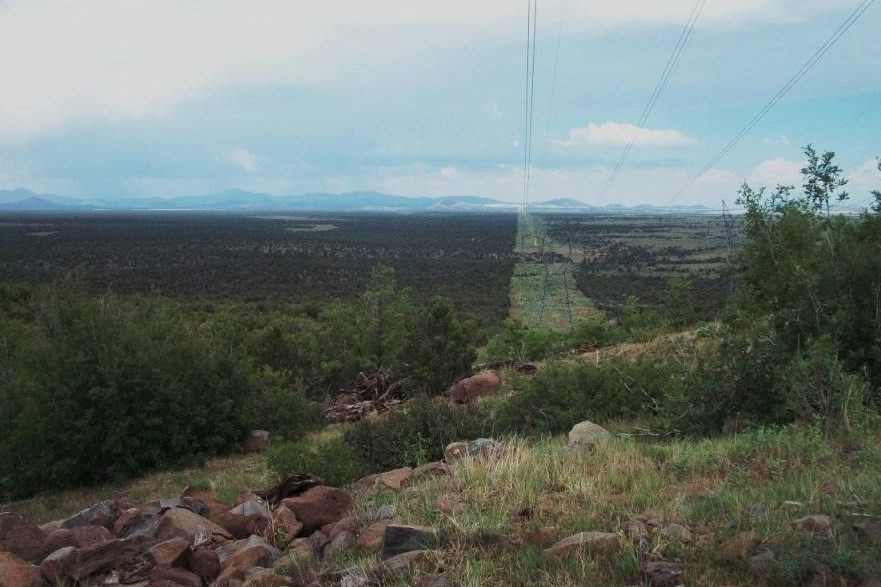
Youngs Canyon to Mormon Lake 69kV Sub-Transmission Line & 12kV Line Environmental Assessment, Coconino National Forest, Arizona
Cultural Resources Projects
Browse examples of recent successfully completed cultural resources projects.
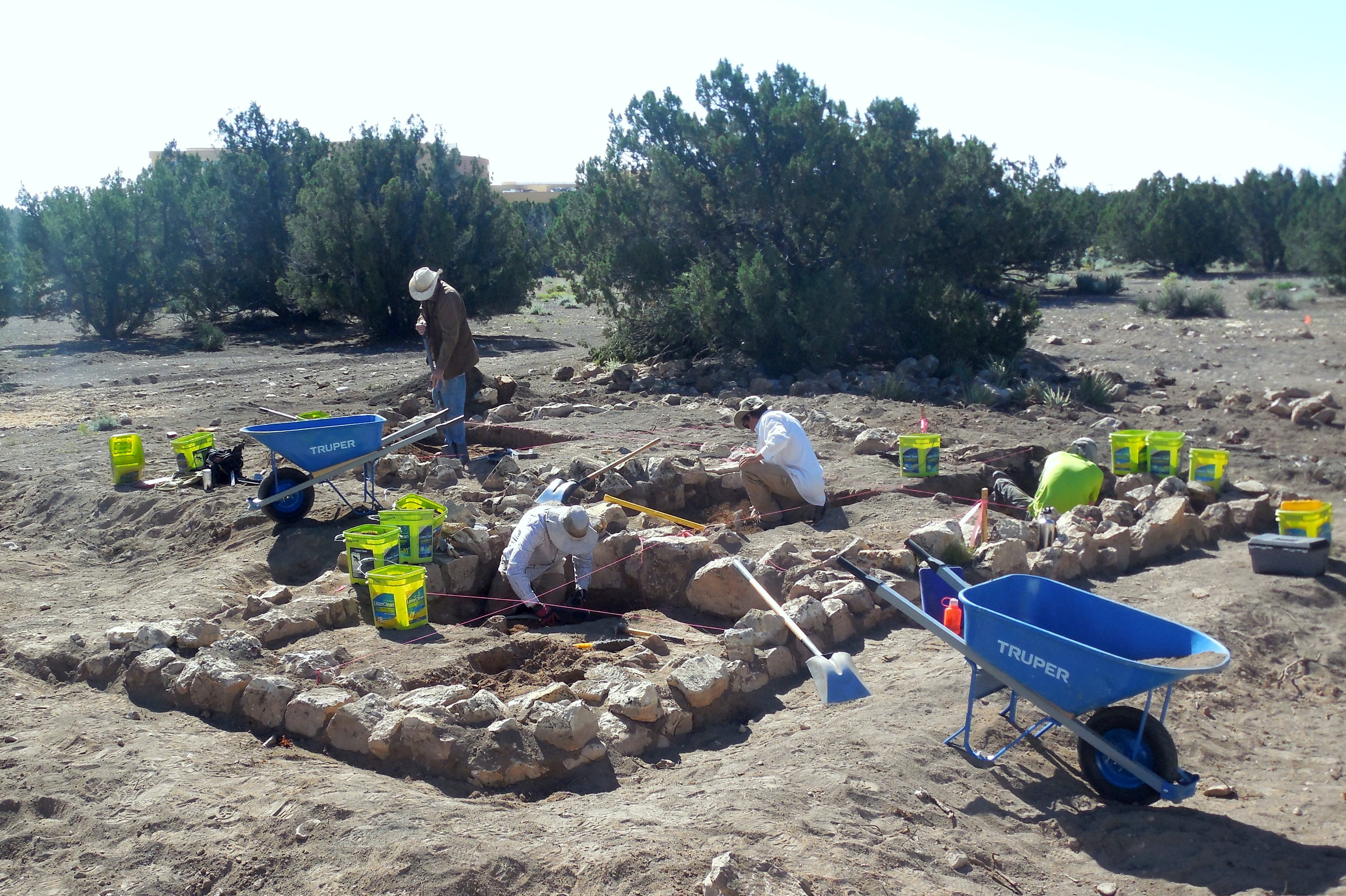
Twin Arrows Navajo Casino Resort Cultural Resources Inventory, Management Planning, Data Recovery Mitigation, and Monitoring
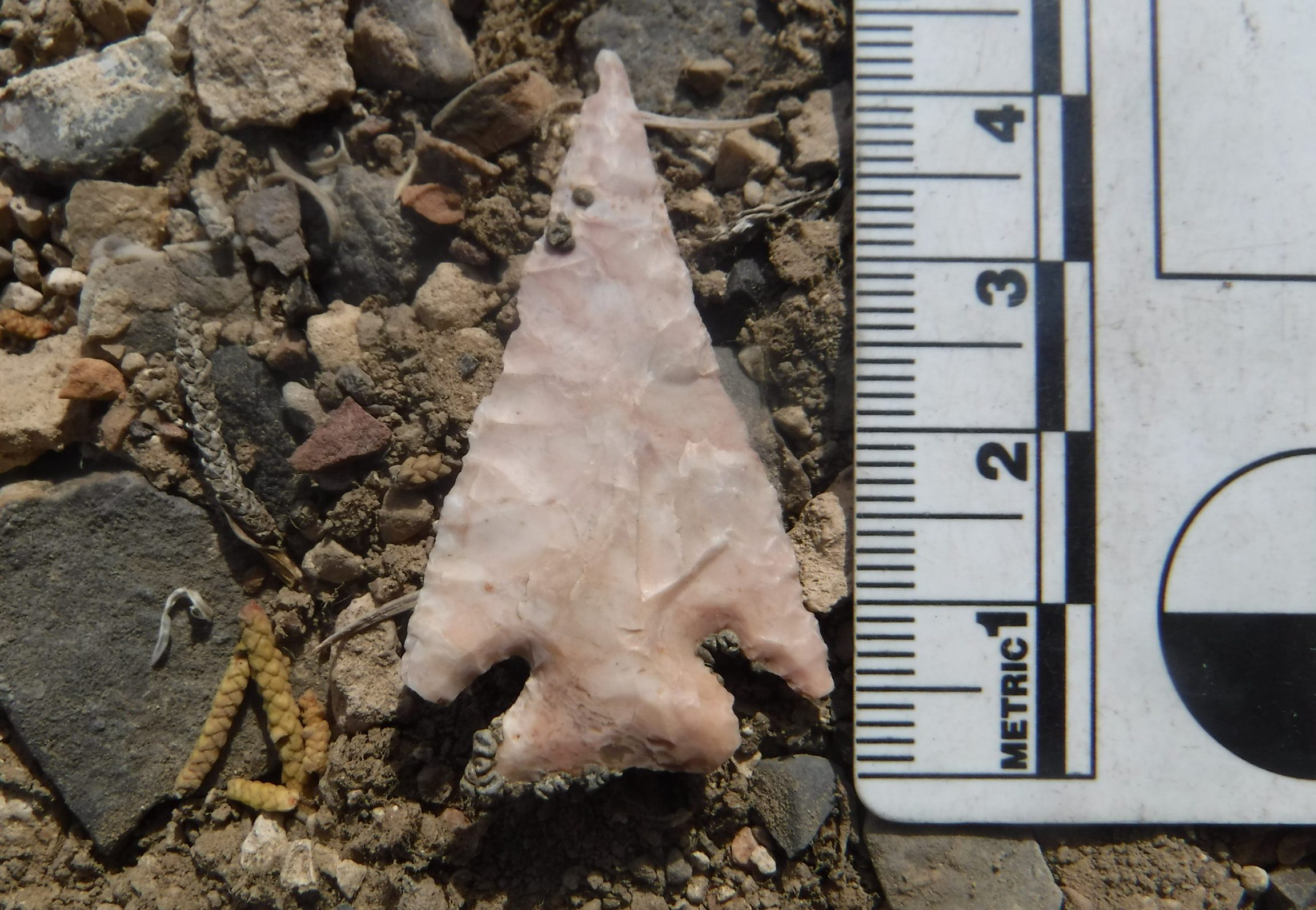
Ward Mountain Class III Cultural Resources Inventory, BLM, Ely District, White Pine County, Nevada
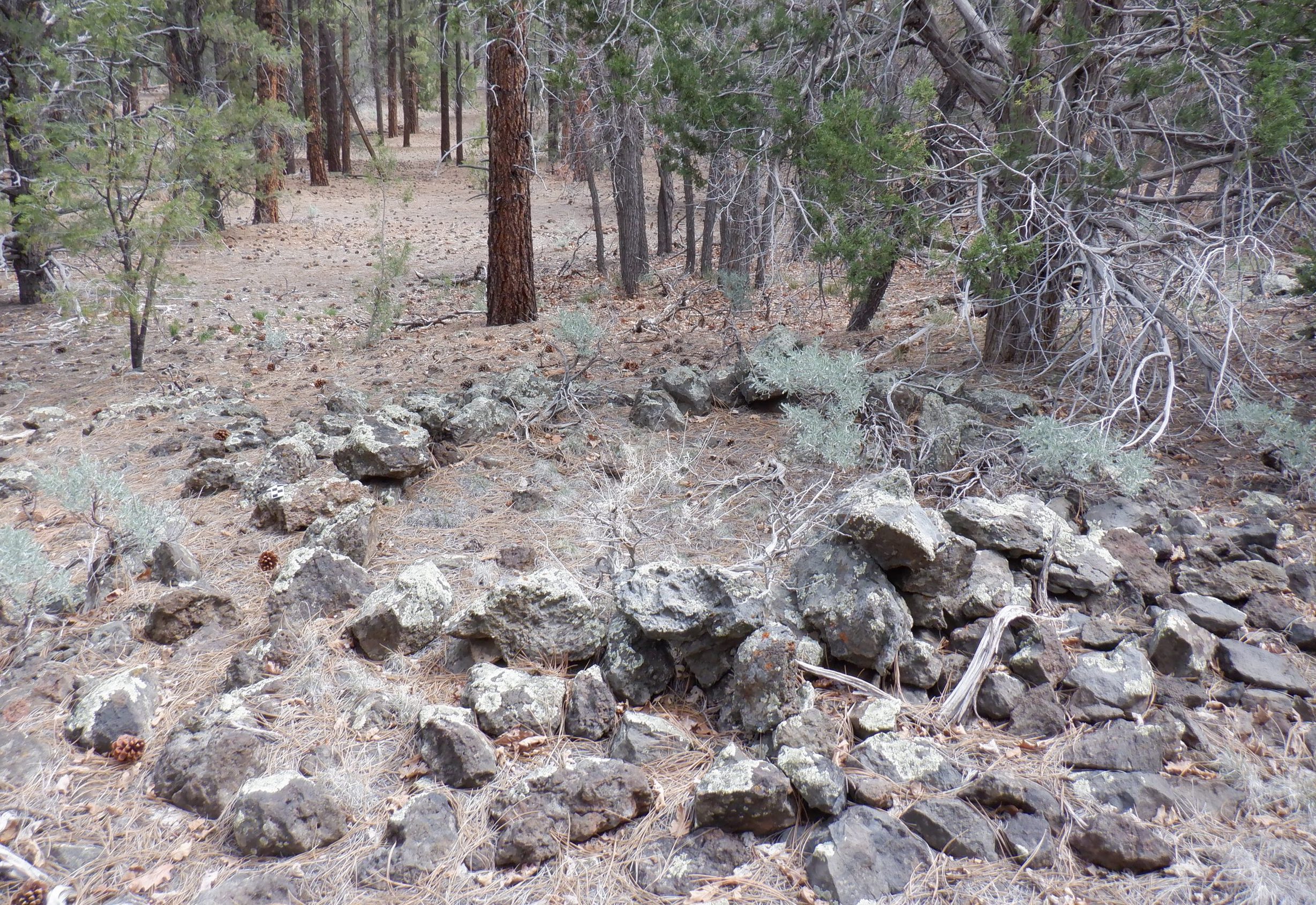
Cultural Resource Inventory of the Mt. Trumbull and Wild Cat Units, Grand Canyon-Parashant National Monument, Mojave County, Arizona
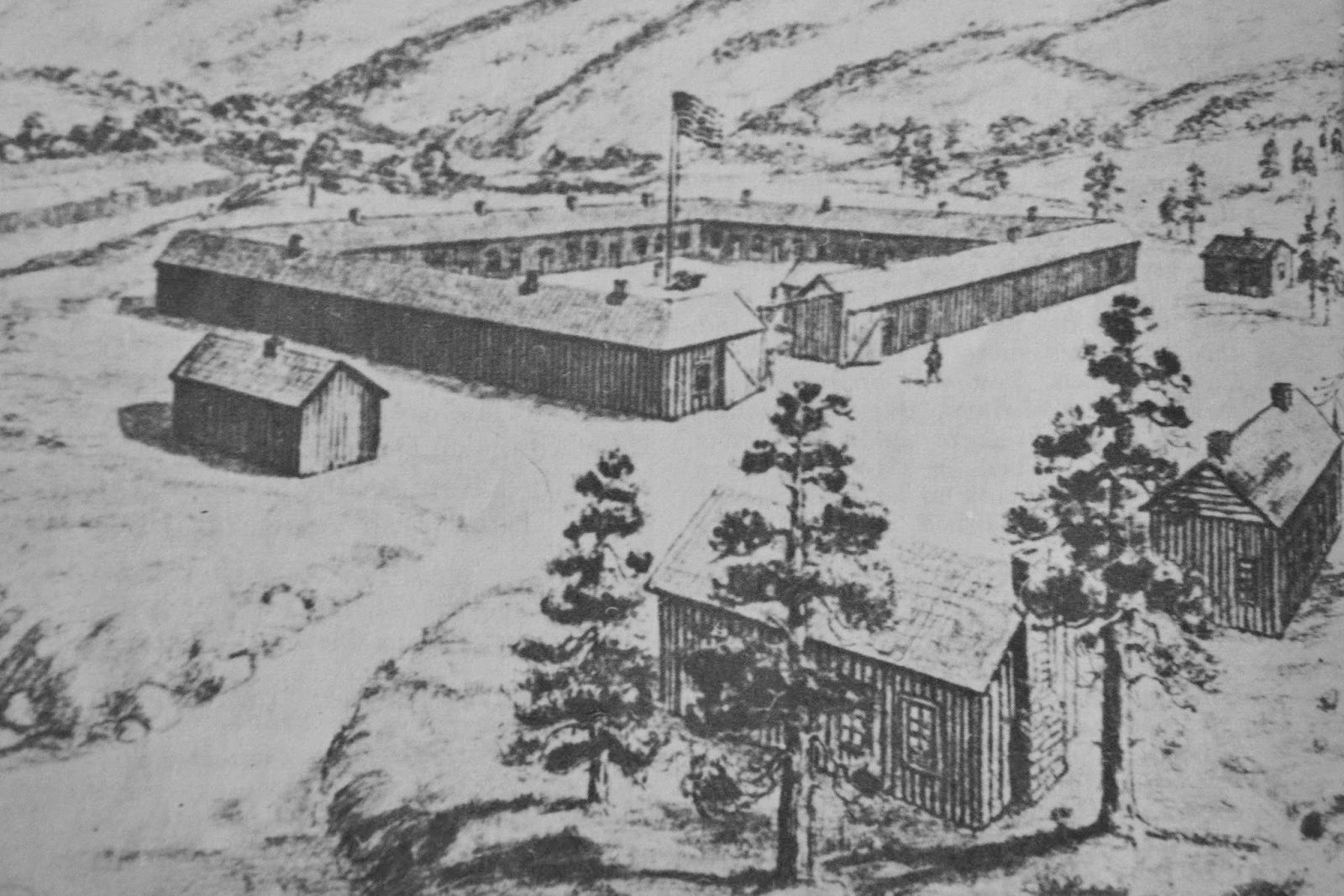
Archaeological Investigations on the Northern Arizona Veterans Affairs Health Care System (NAVAHCS) Prescott Campus
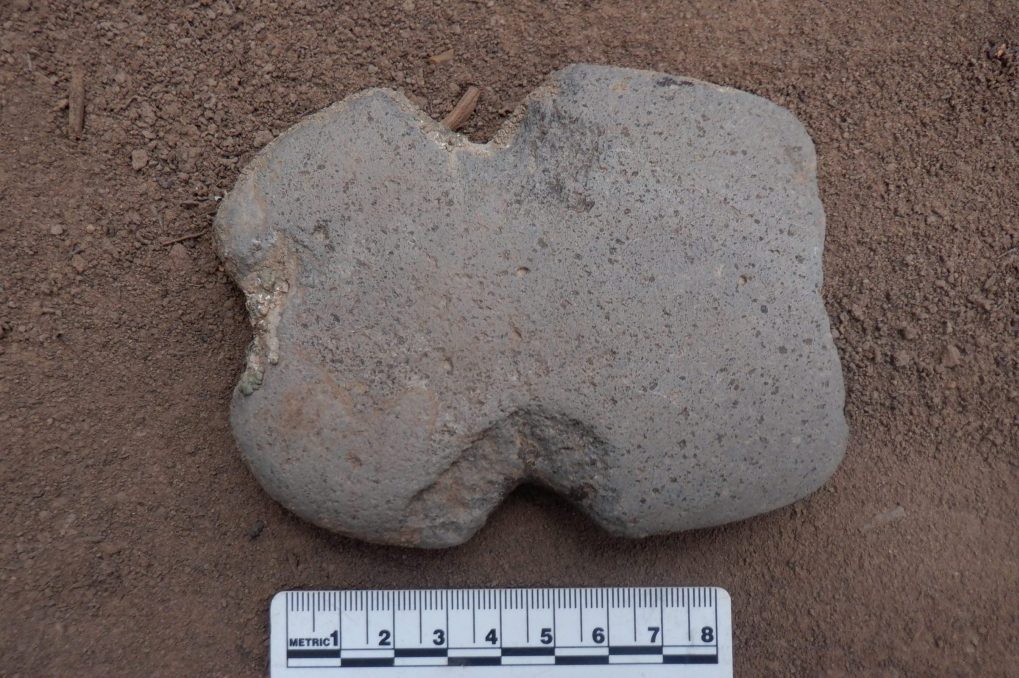
Cultural Resource Inventory of Archuleta Mesa and Stinking Lake in New Mexico and Colorado on Jicarilla Apache Nation and Southern Ute Tribal Lands
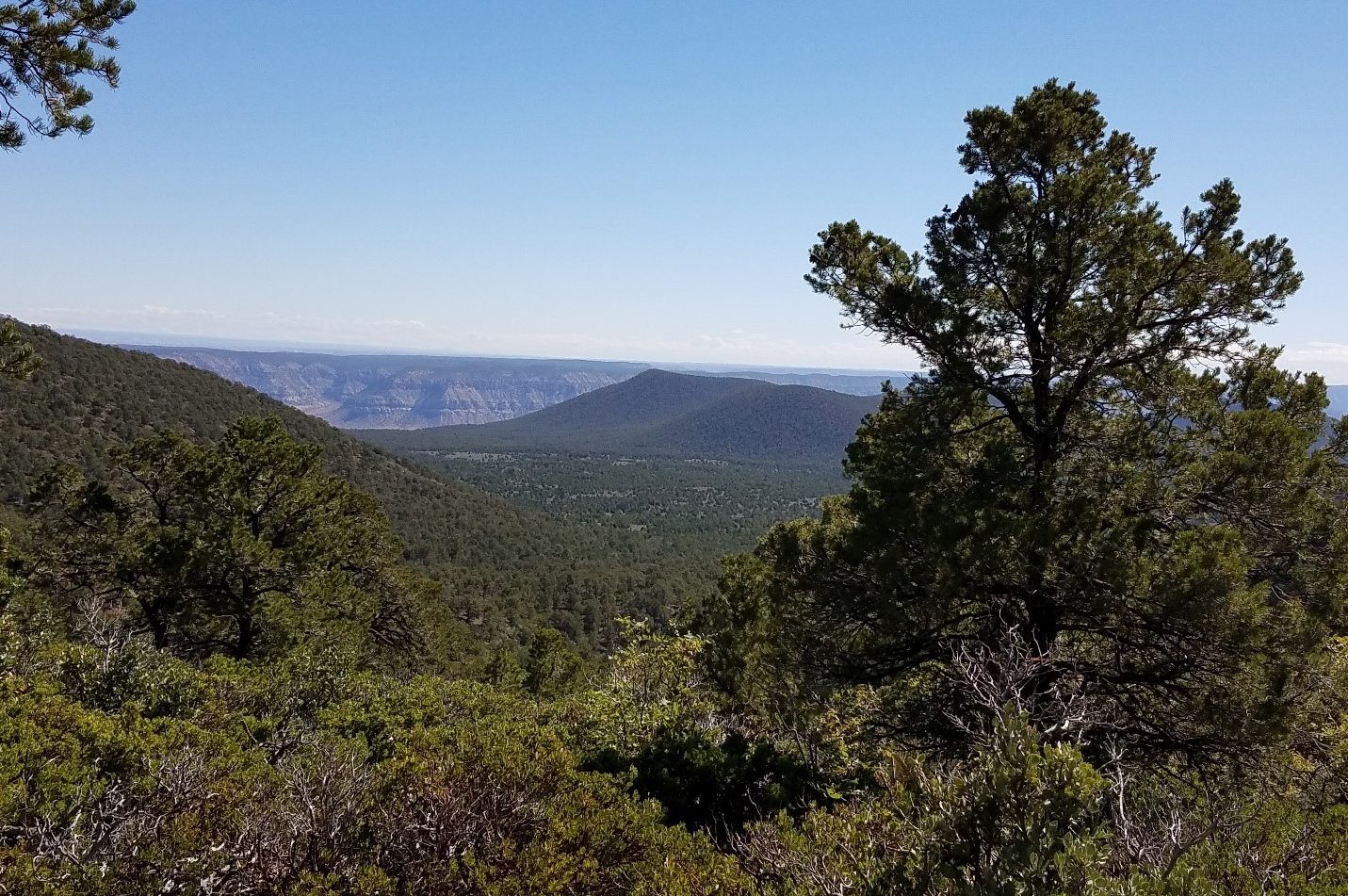
Cultural Resource Inventory of the Eastern Mount Logan Area, Grand Canyon-Parashant National Monument
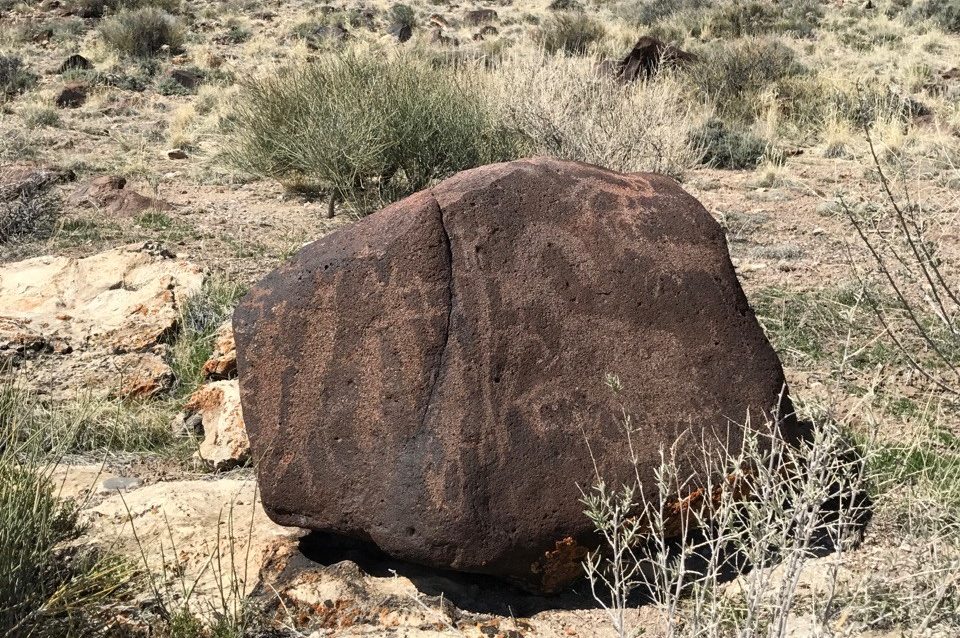
Fillmore Field Office 2016 Respect And Protect Section 110 Rock Art Project: Rock Art Sites Condition Evaluation, Bureau of Land Management, Juab and Millard Counties, Utah
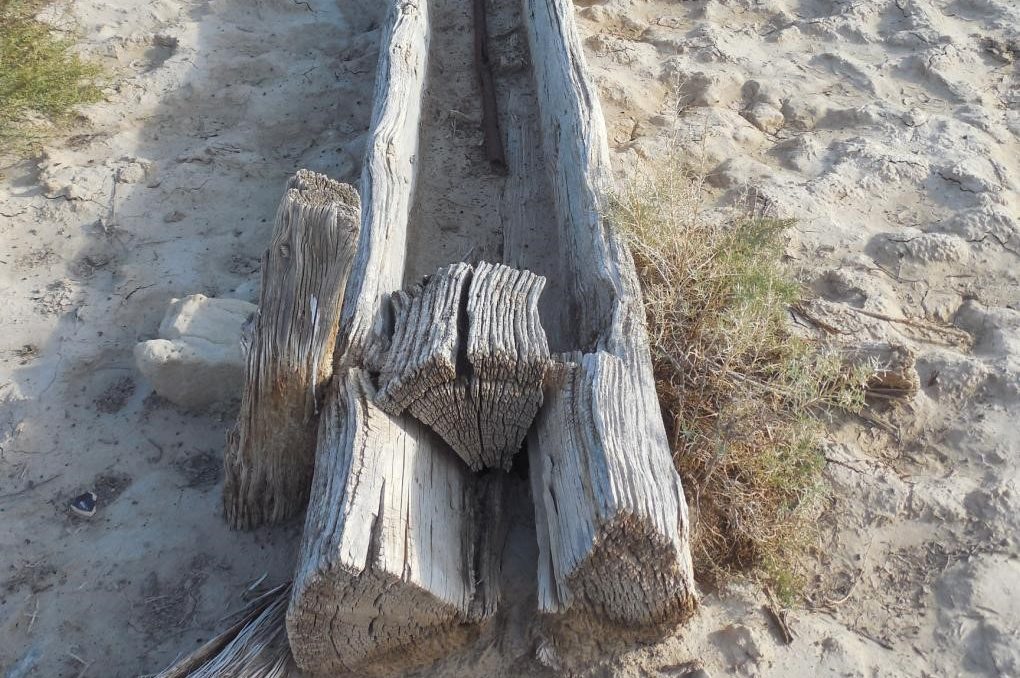
Cisco Desert Master Leasing Plan Class III Cultural Resources Inventory, Bureau of Land Management, Moab Field Office, Grand County, Utah

Greater Fremont Cultural Resources Inventory on the Dixie National Forest, Iron County, Utah
Natural and Biological Resources Projects
Browse examples of recent successfully completed natural resources projects.
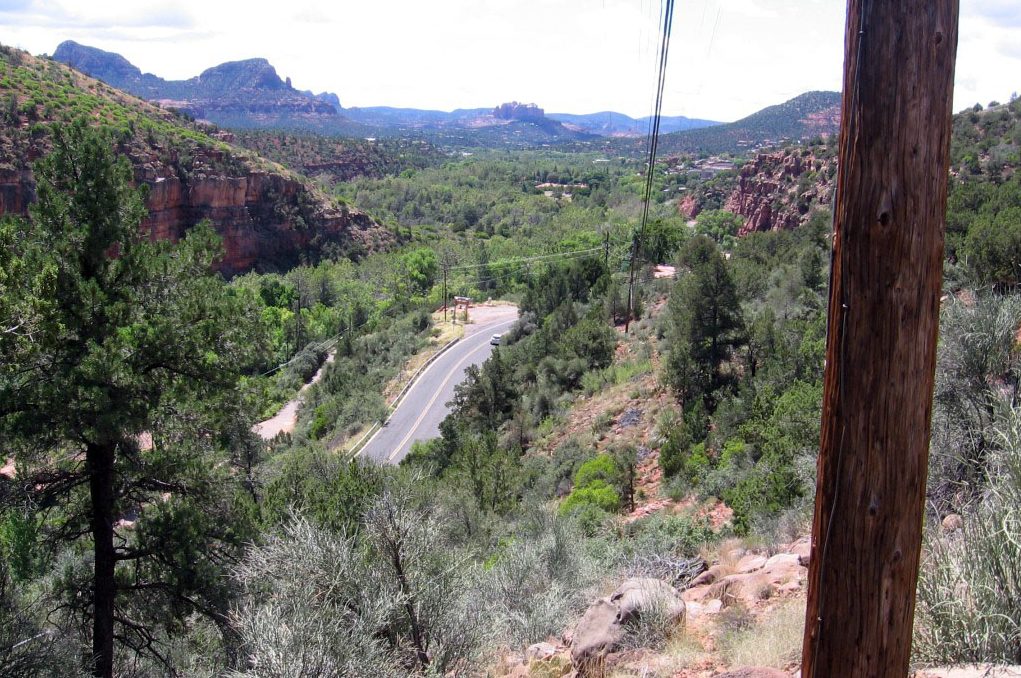
APS Oak Creek Distribution Line Rebuild Environmental Clearance and Biological Monitoring
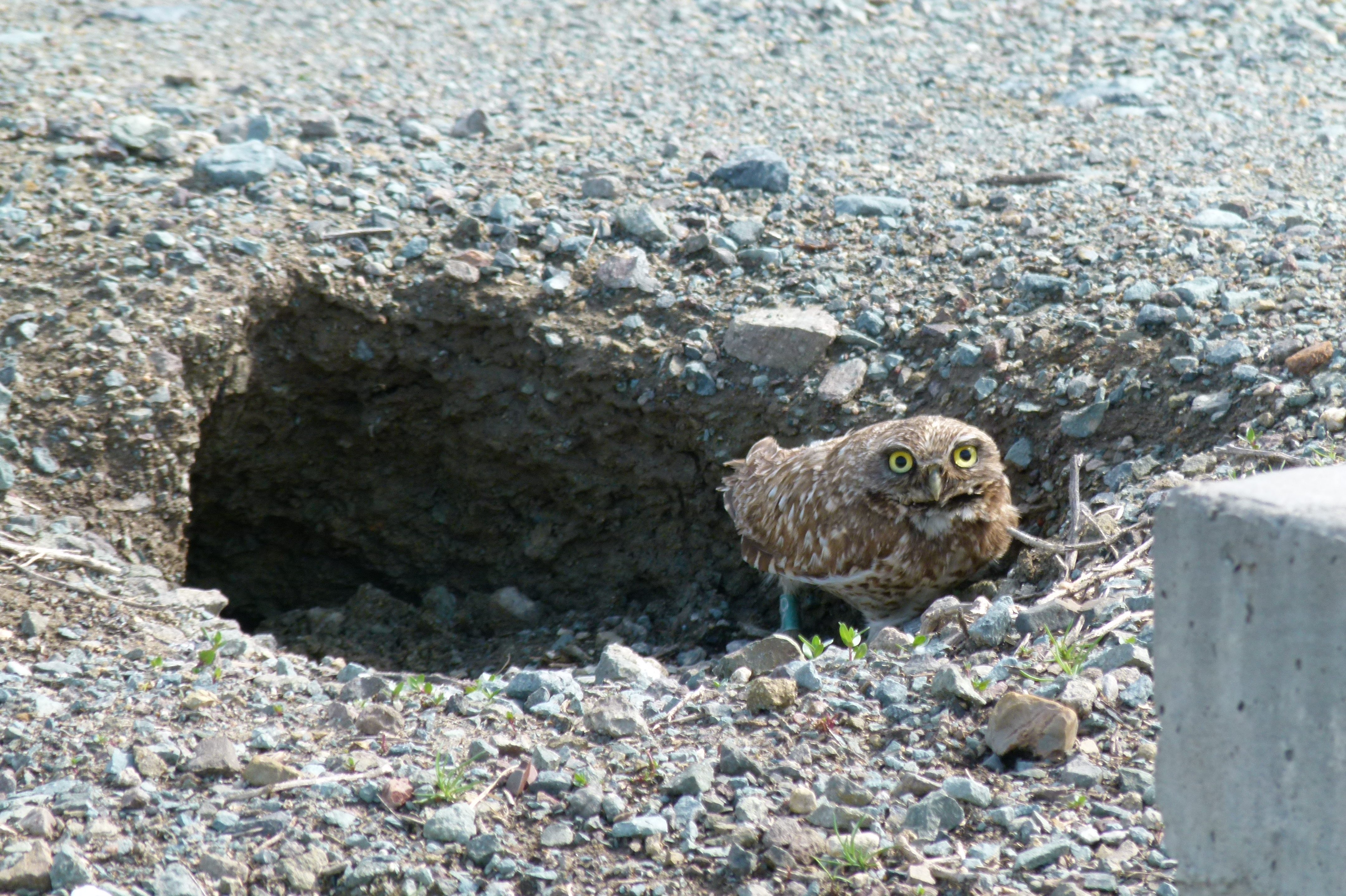
Brown Field Municipal Airport Wildlife Hazard Assessment, San Diego, California
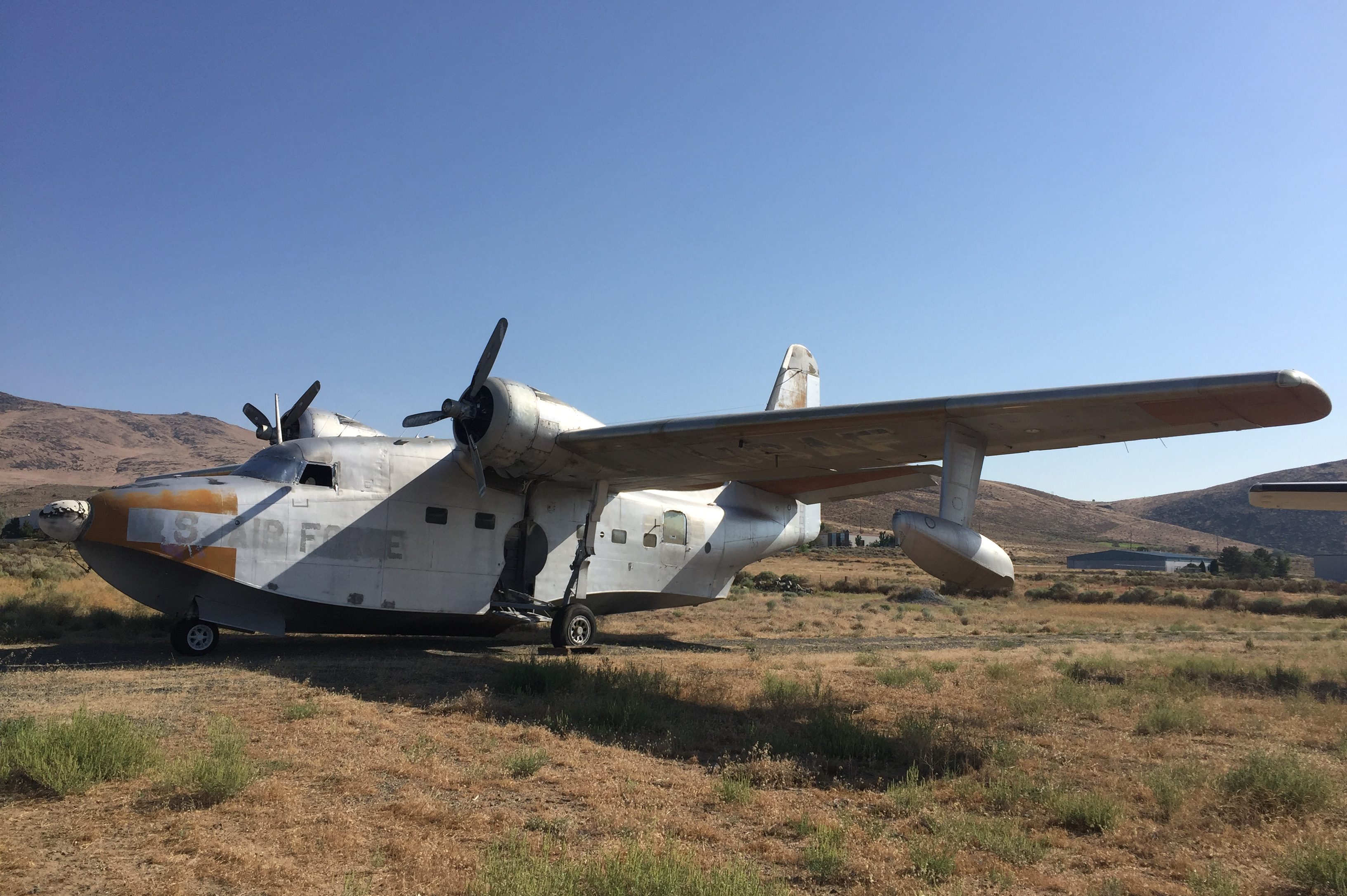
Minden-Tahoe and Carson City Airports Wildlife Hazard Assessments, Nevada Department of Transportation, Minden and Carson City, Nevada
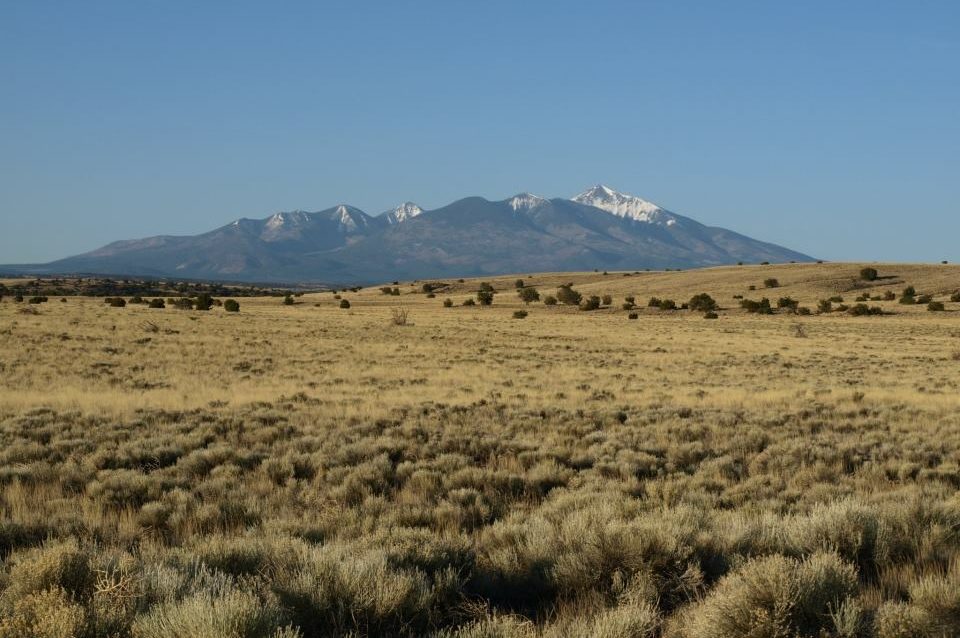
Vegetation Inventory Study for Land Management District 5, Units 1, 2, and 3 in Coconino County, Navajo Nation, Arizona
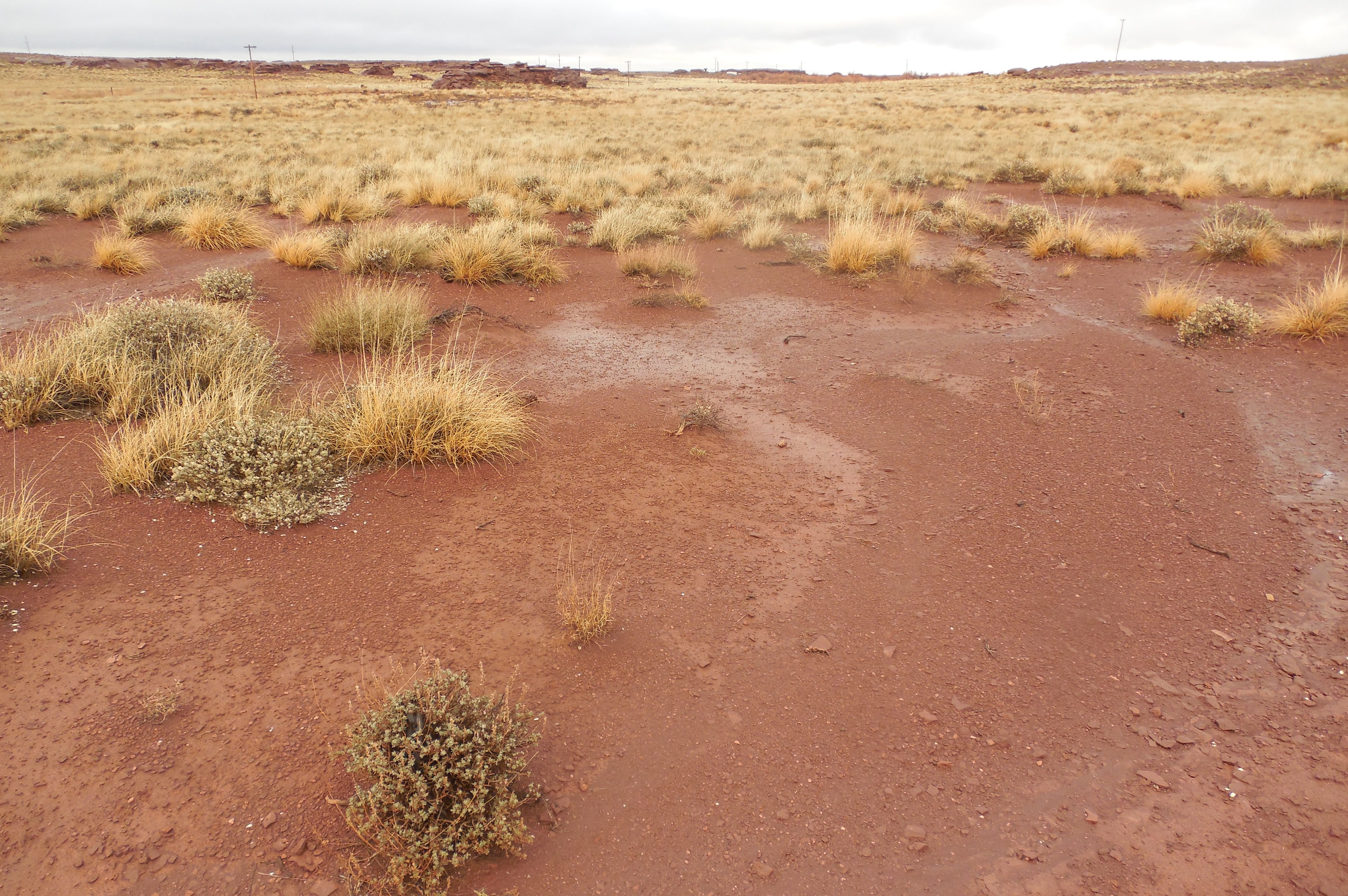
Red Gap Ranch Pipeline Feasibility Study, City of Flagstaff and Jacobs
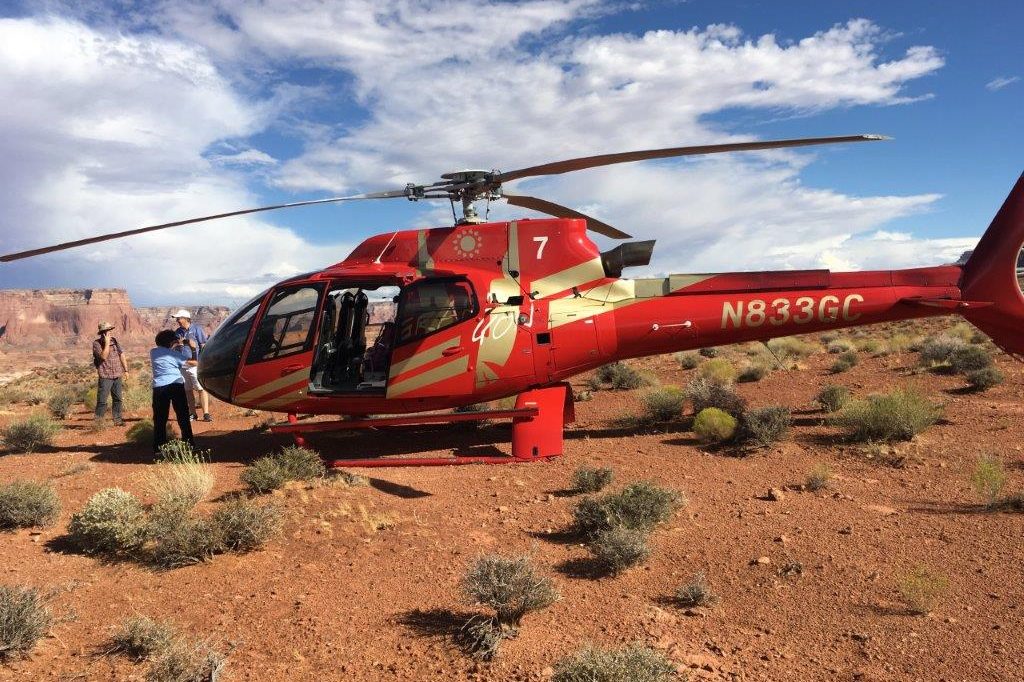
Navajo Nation Parks and Recreation Nine Helicopter Landing Sites, Navajo Nation, Coconino County, Arizona
Vegetation Management Projects
Browse examples of recent successfully completed vegetation management projects.
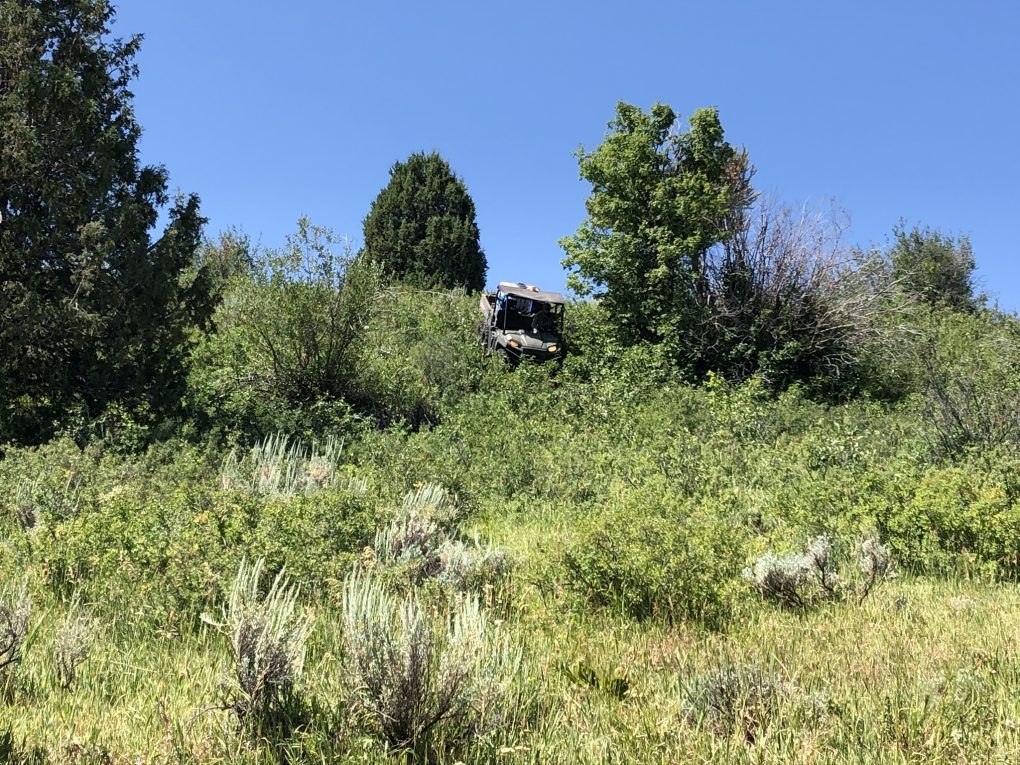
Uintah-Wasatch-Cache National Forest Invasive Species Control
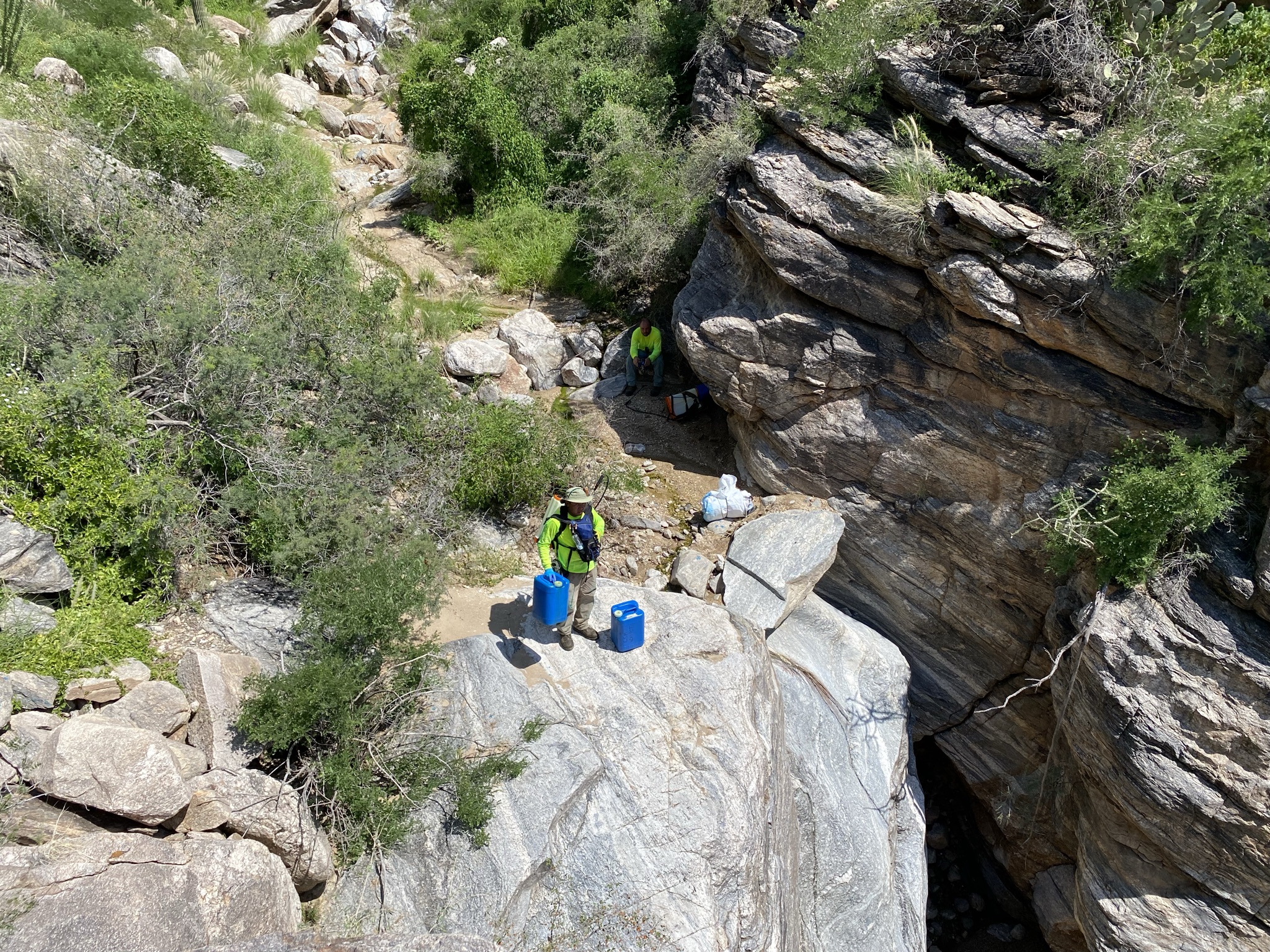
Aravaipa Canyon Non-Native Invasive Plant Inventory (2021)
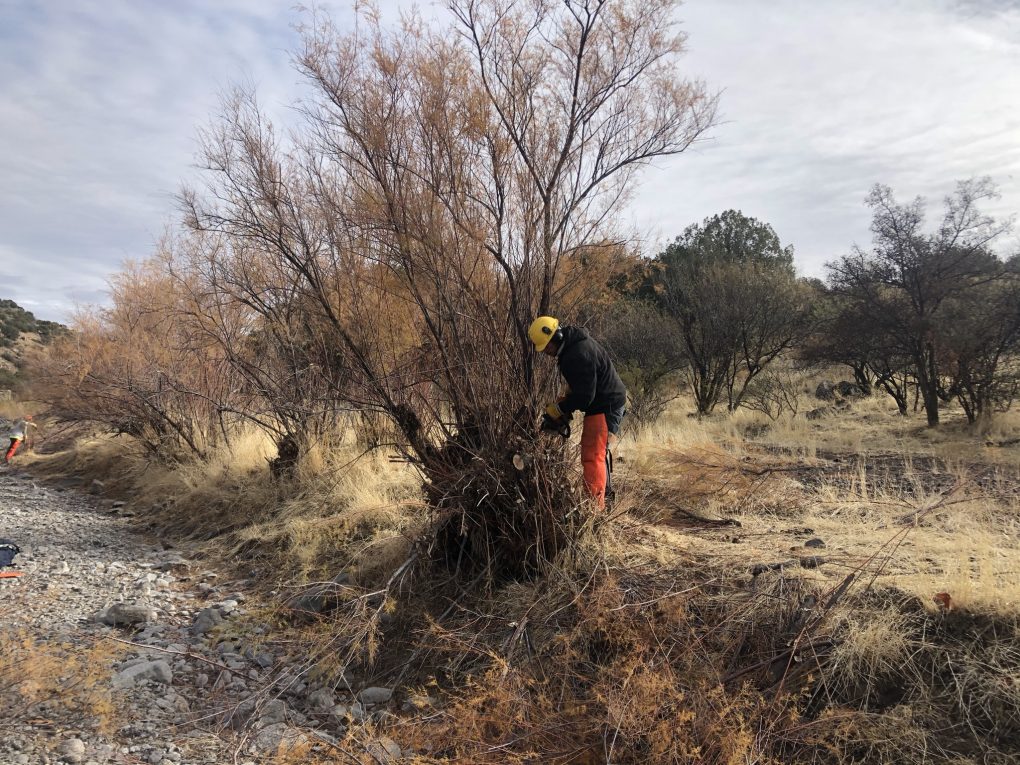
Agua Fria National Monument Tamarisk Cut Stump Projects

Two Consecutive IDIQ Contracts with Coronado National Forest for Invasive Weed Treatment, Region 3 Forest Service
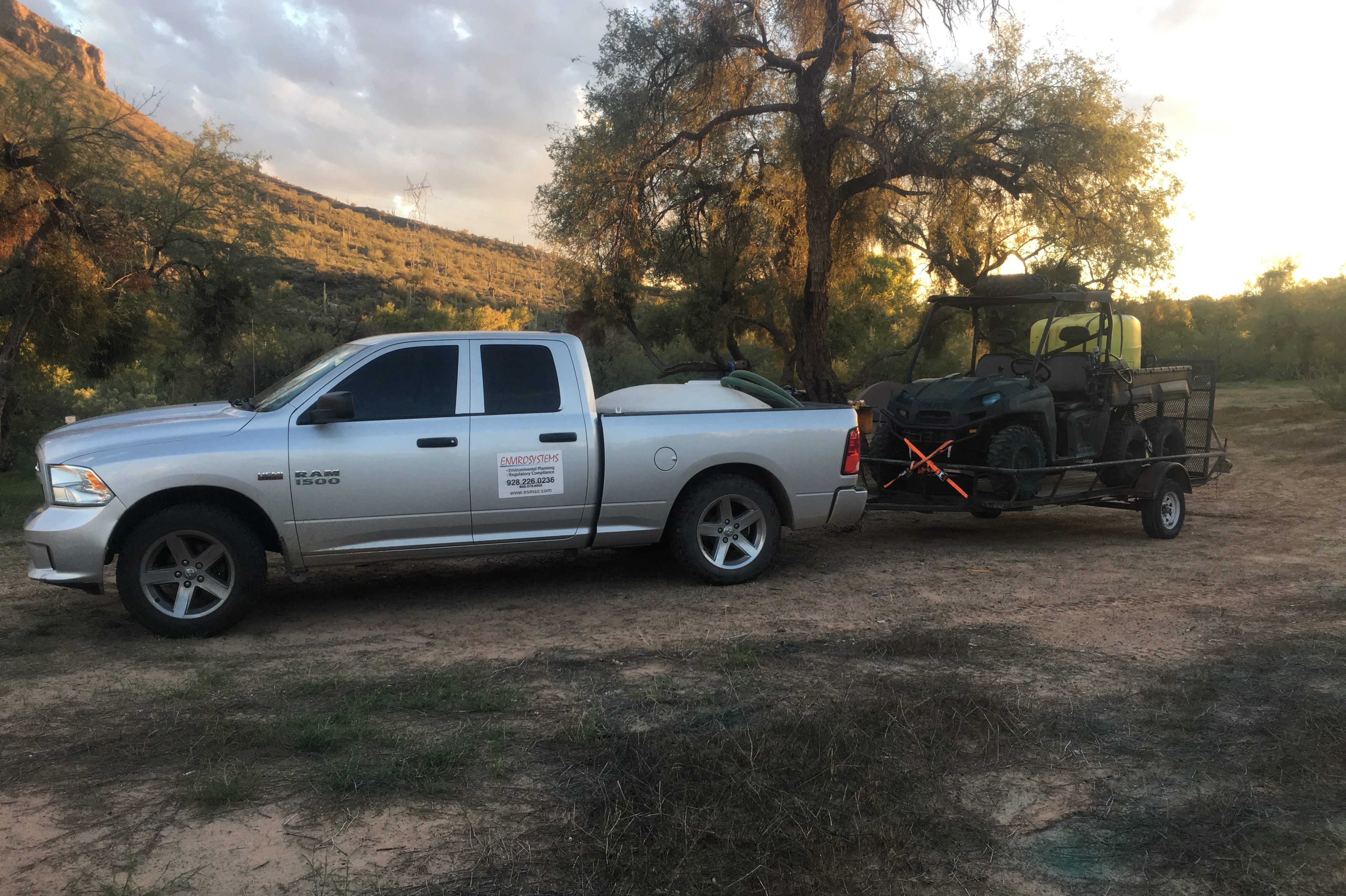
Tonto National Forest for Integrated Treatment of Invasive Weeds
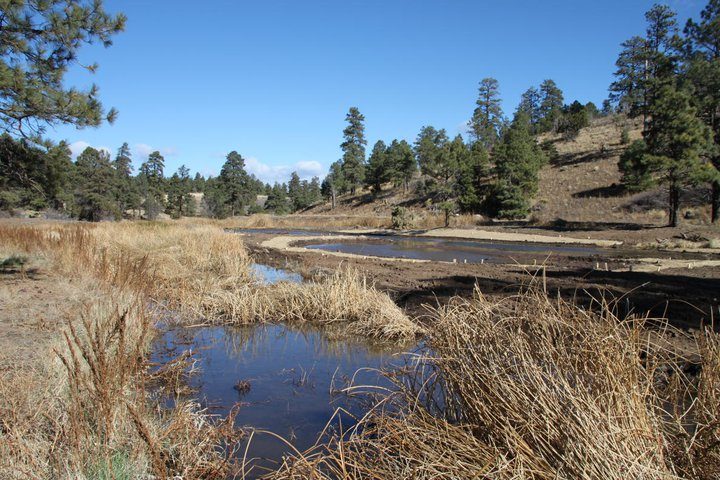
IDIQ Contract with Coconino and Kaibab National Forests for Noxious/Invasive Weed Treatments
Geospatial/GIS Projects
Browse examples of recent successfully completed geospatial/GIS projects.
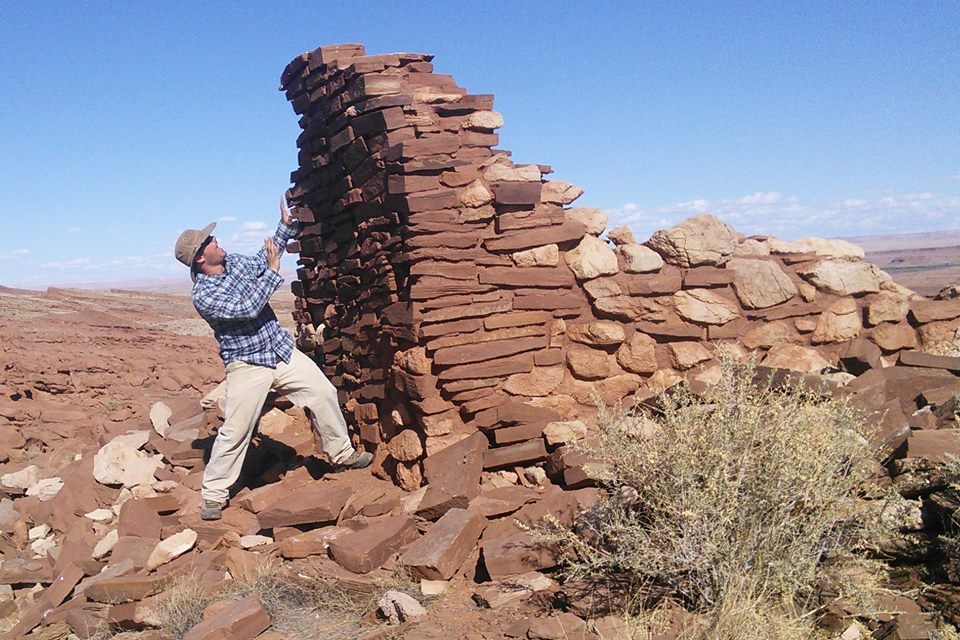
Photogrammetric Mapping at Three Sites in Wupatki National Monument
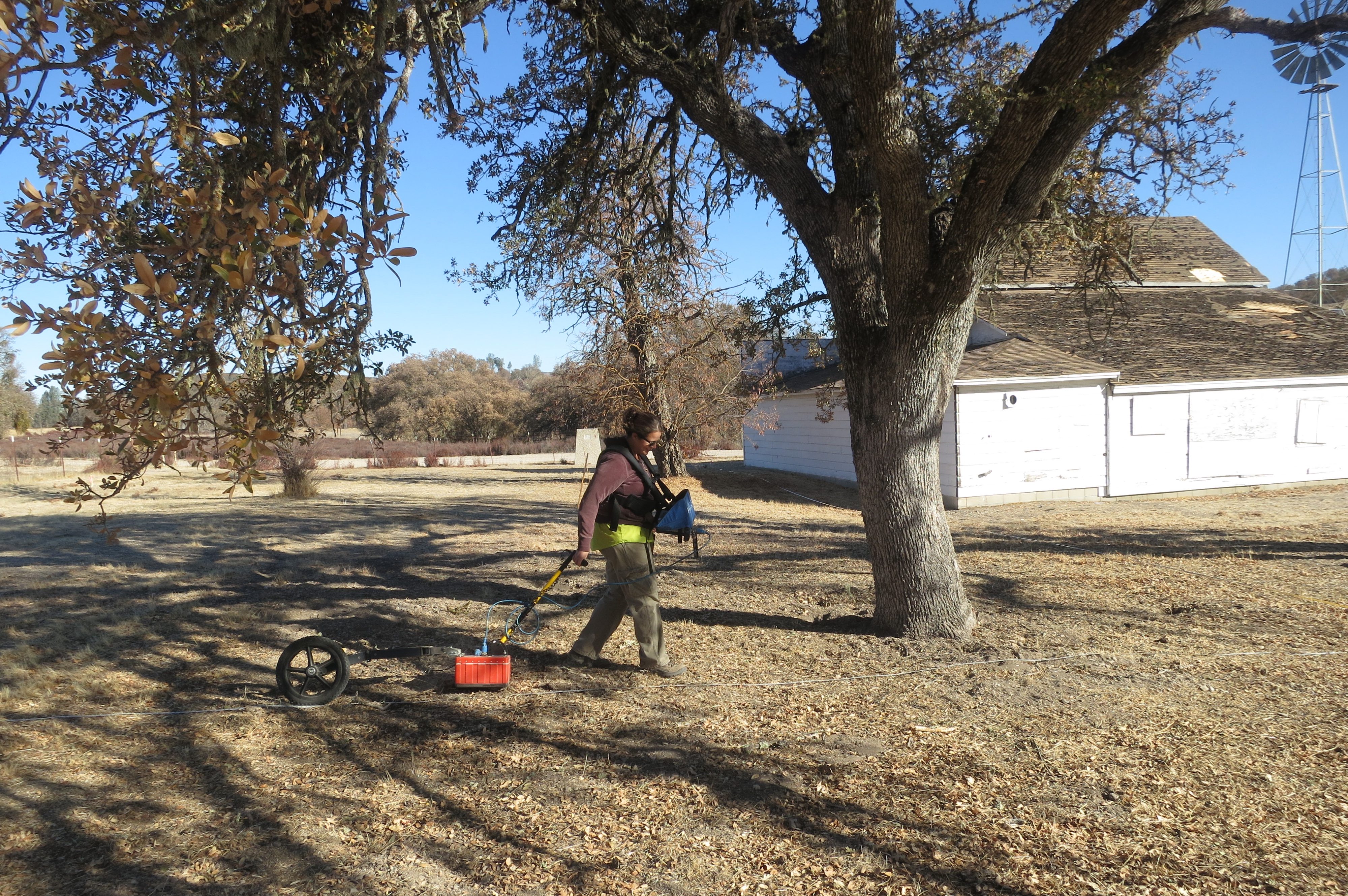
Archaeological Geophysical Survey of the Tidball Property, Fort Hunter Liggett, Jolon, California
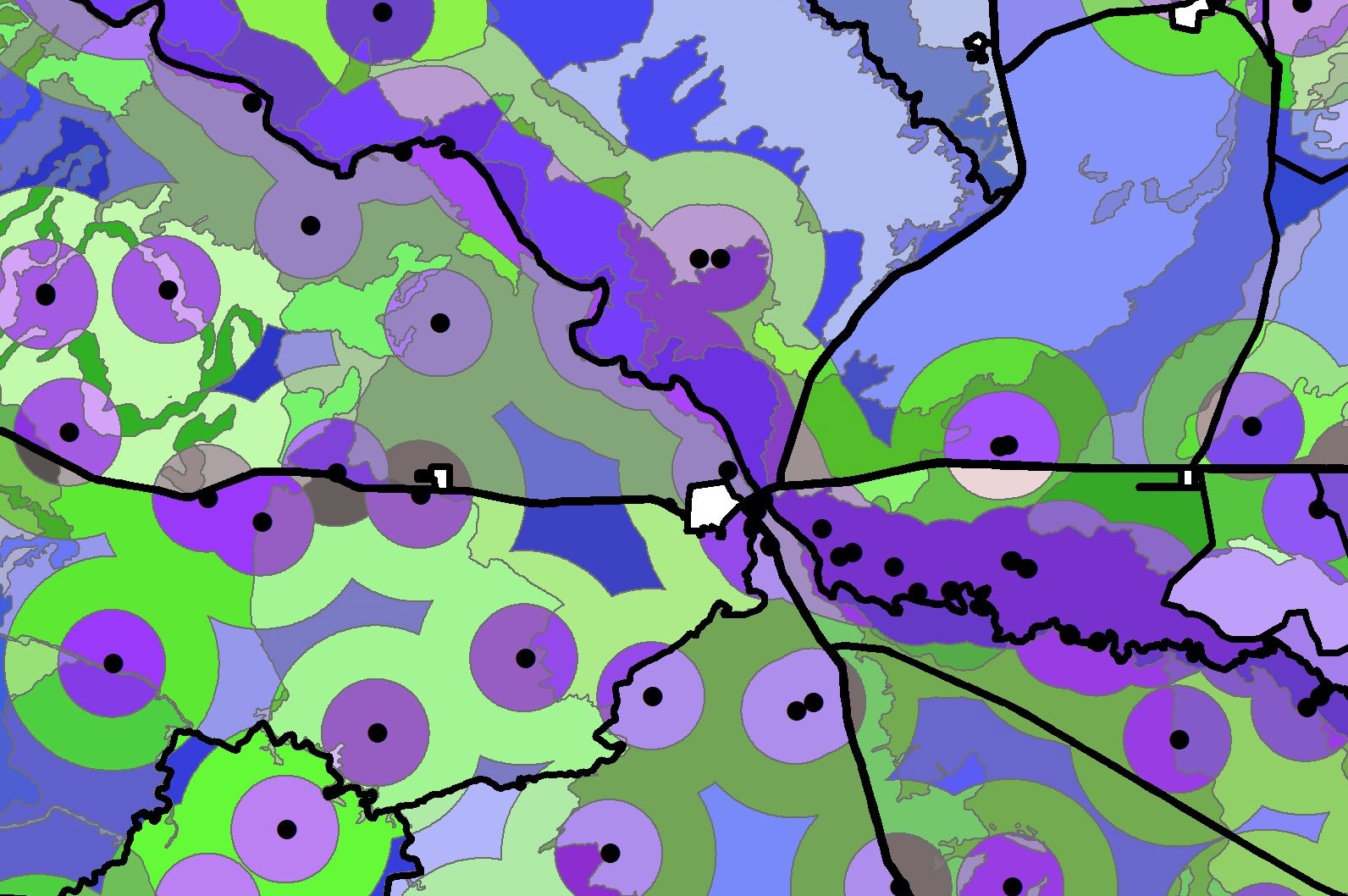
Vegetation Inventory Study for Land Management District 5, Units 1, 2, and 3 in Coconino County, Navajo Nation, Arizona
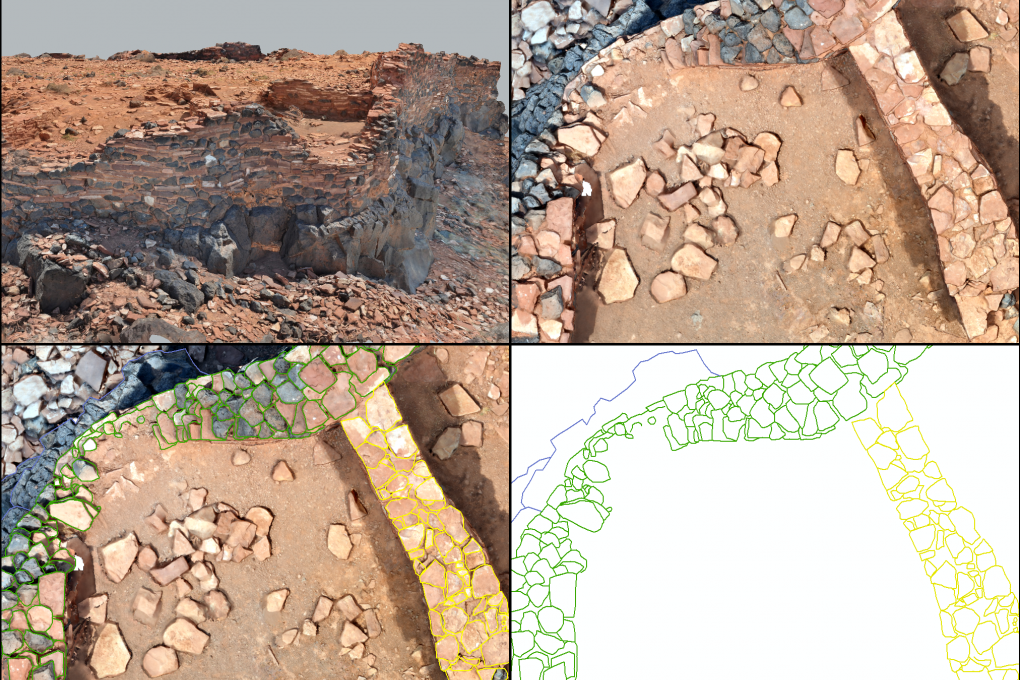
Wupatki Citadel 3-D Modeling Project
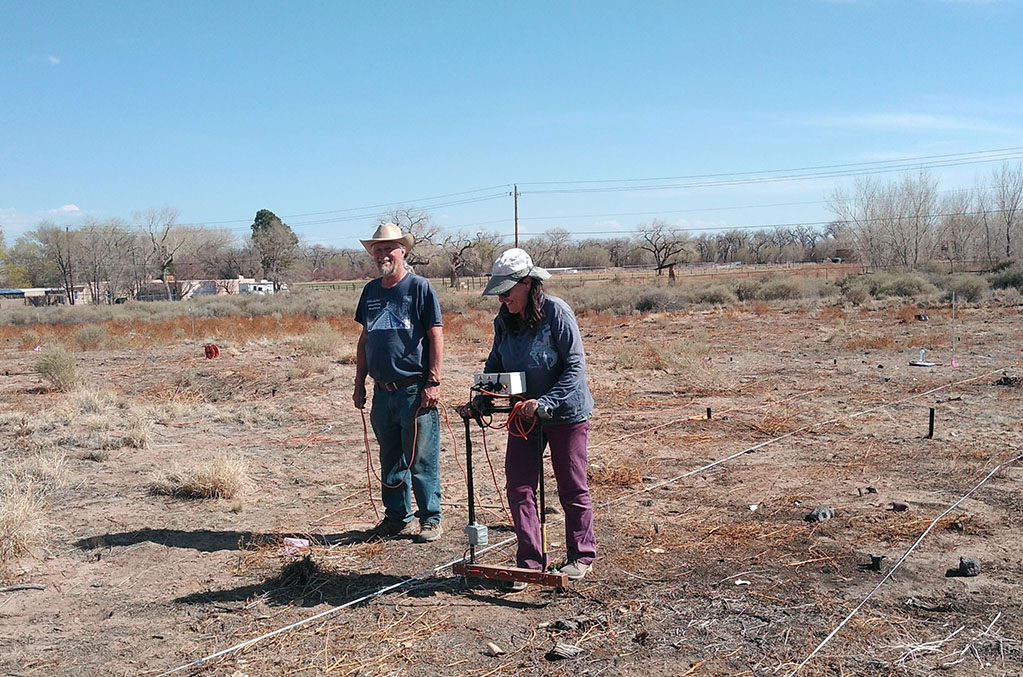
Piedras Marcadas Resistivity 2021
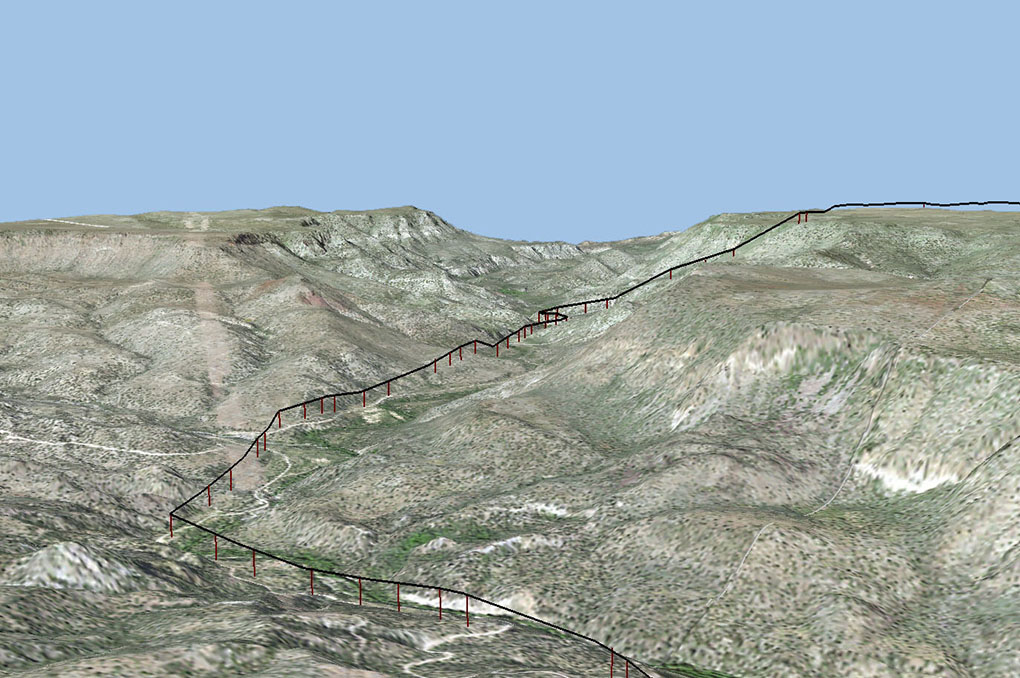
Childs To Strawberry APS Pole Replacement
Public Relations and Community Outreach Projects
Browse examples of recent successfully completed public relations projects.
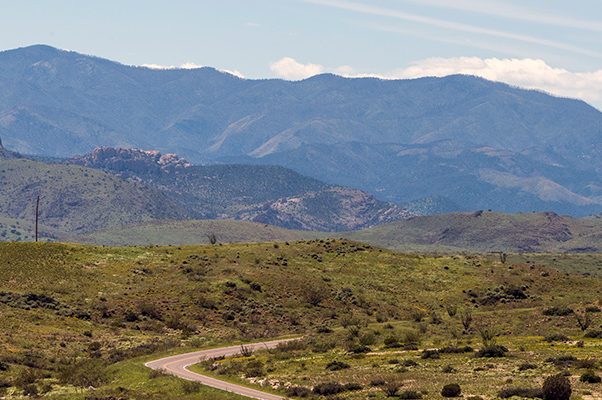
Tri-County Resource Management Plan/EIS Comment Response, Scoping, and Editing, BLM Las Cruces District, New Mexico
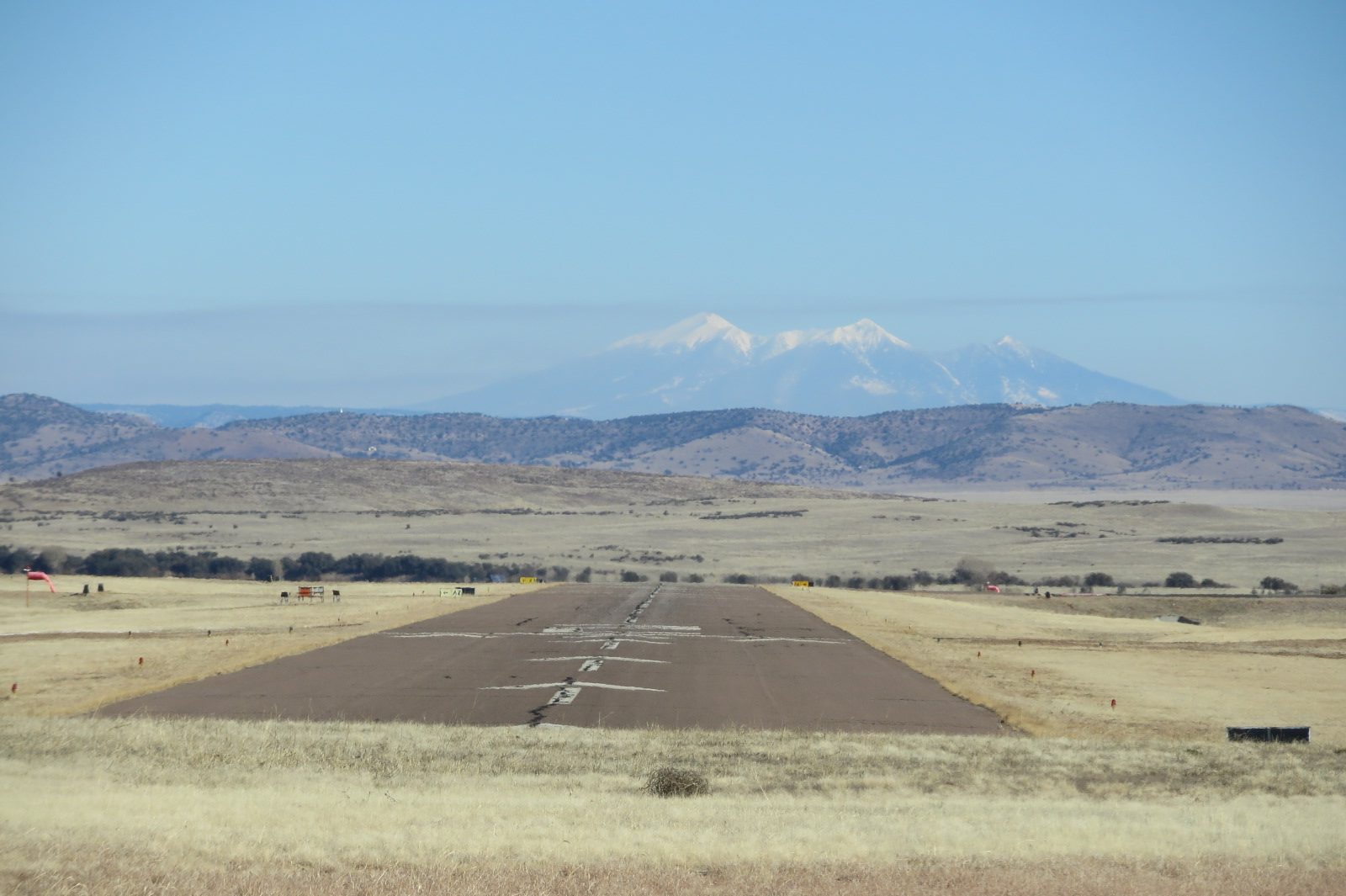
Public Relations Support and Web Design, Delta Airport Consultants, Prescott Municipal Airport Master Plan Update, City of Prescott, Arizona
